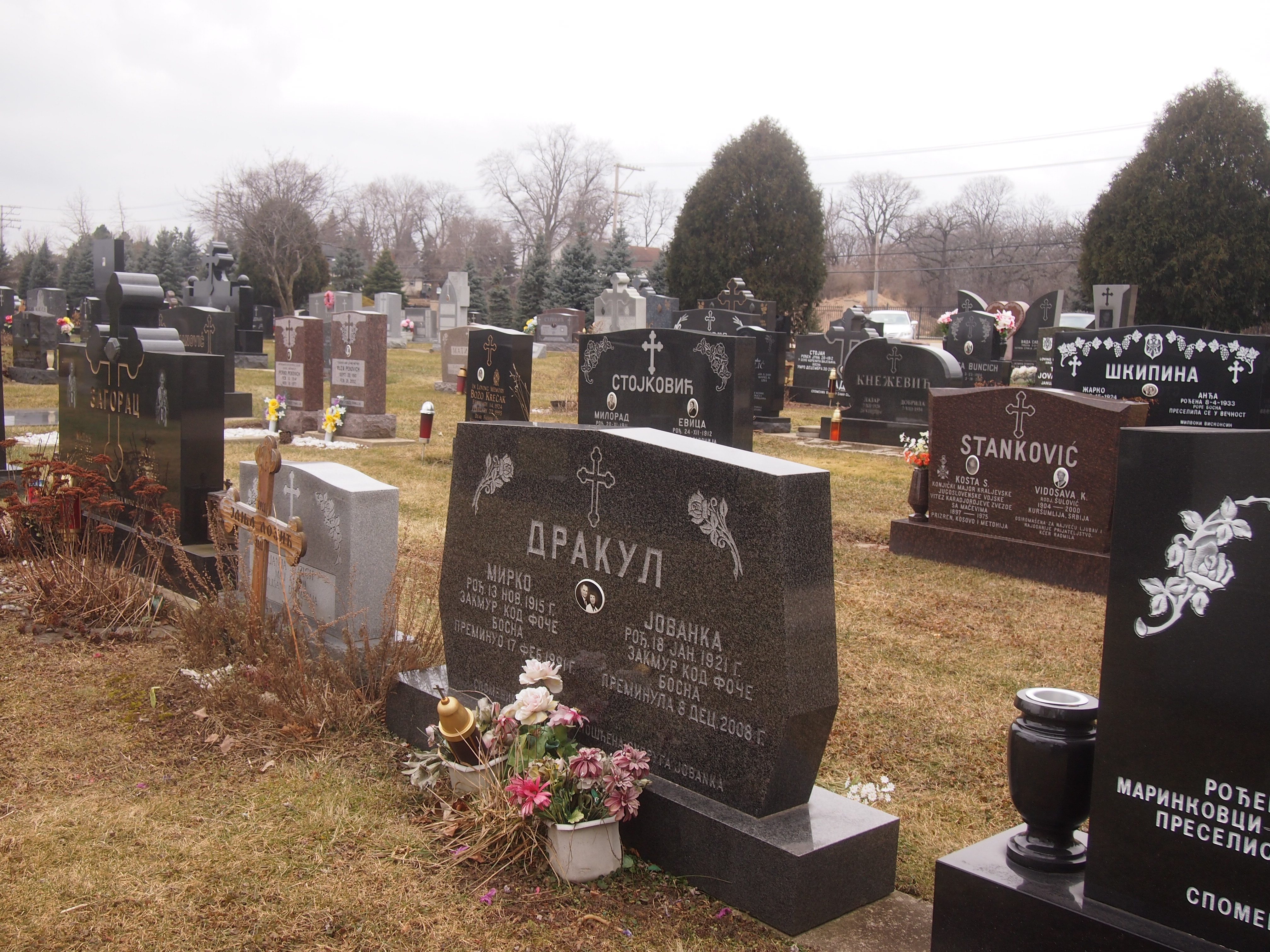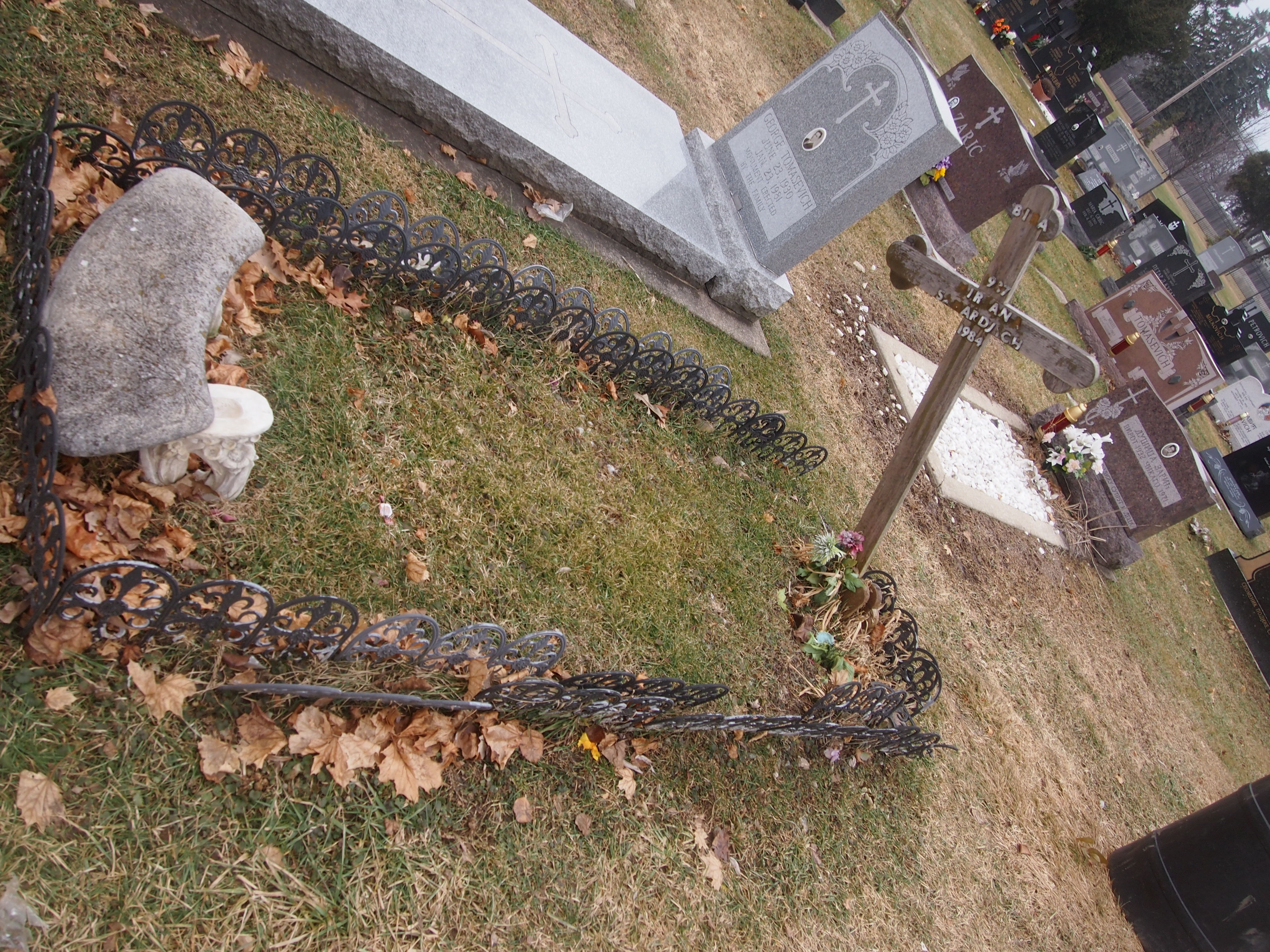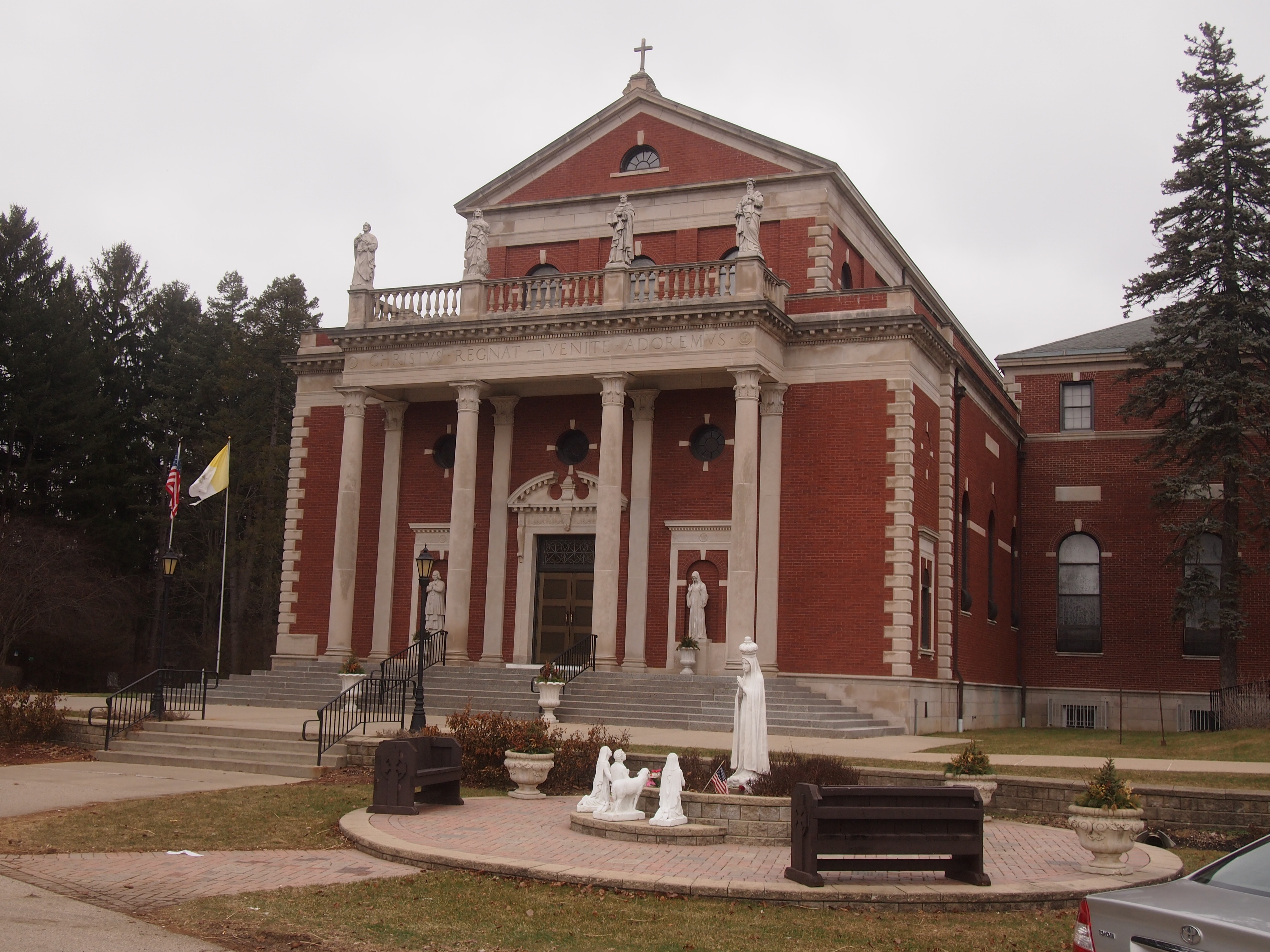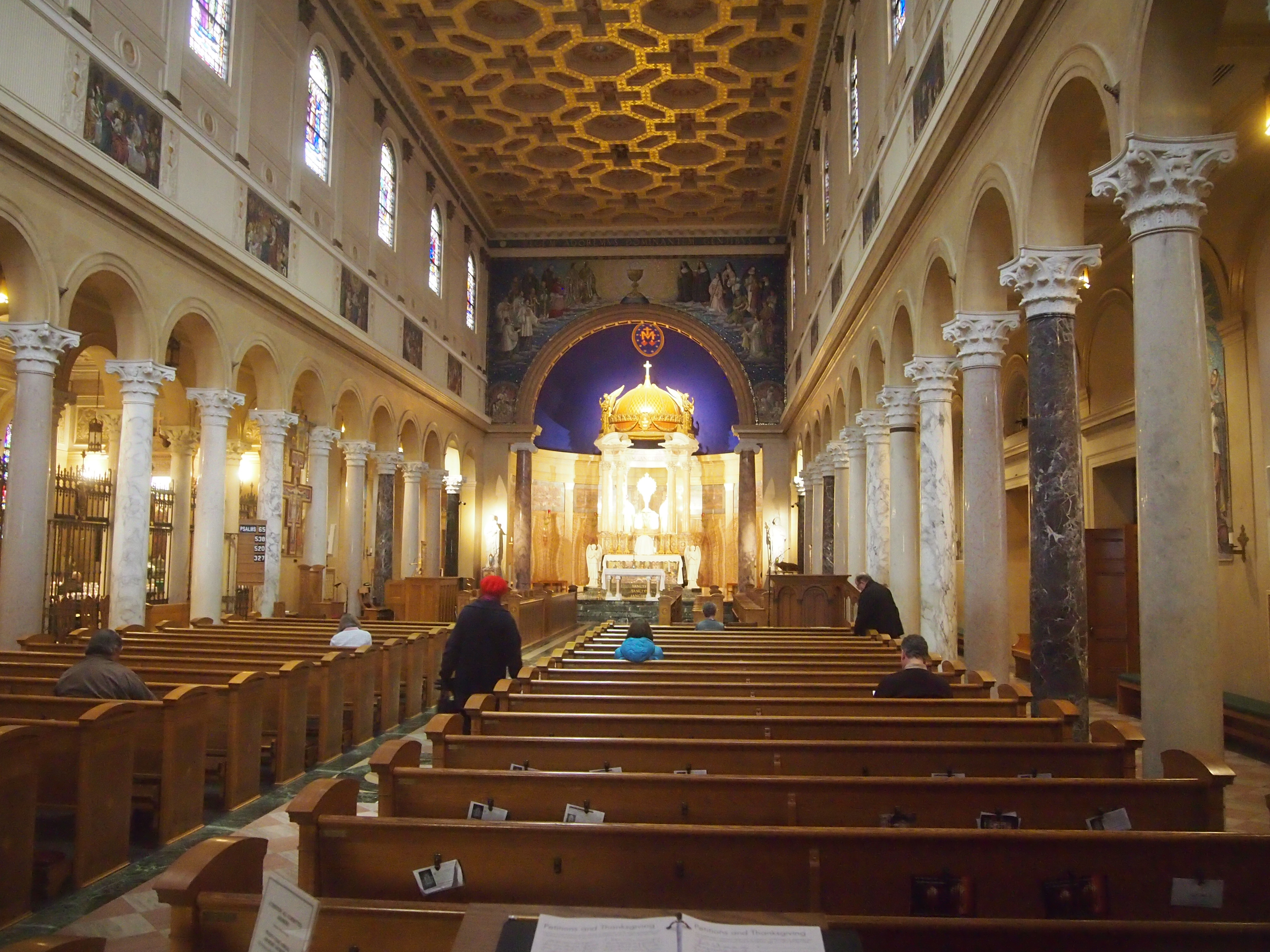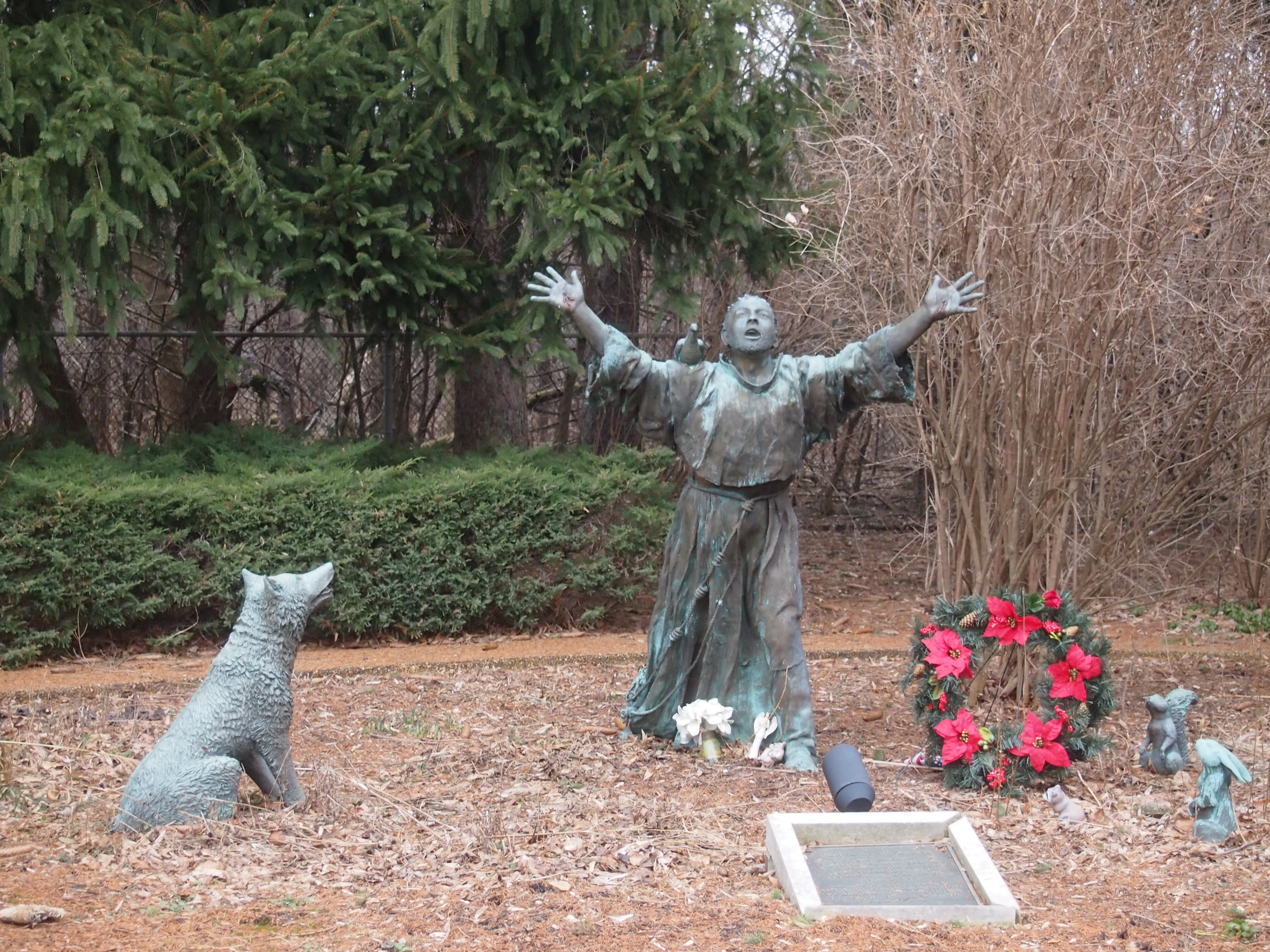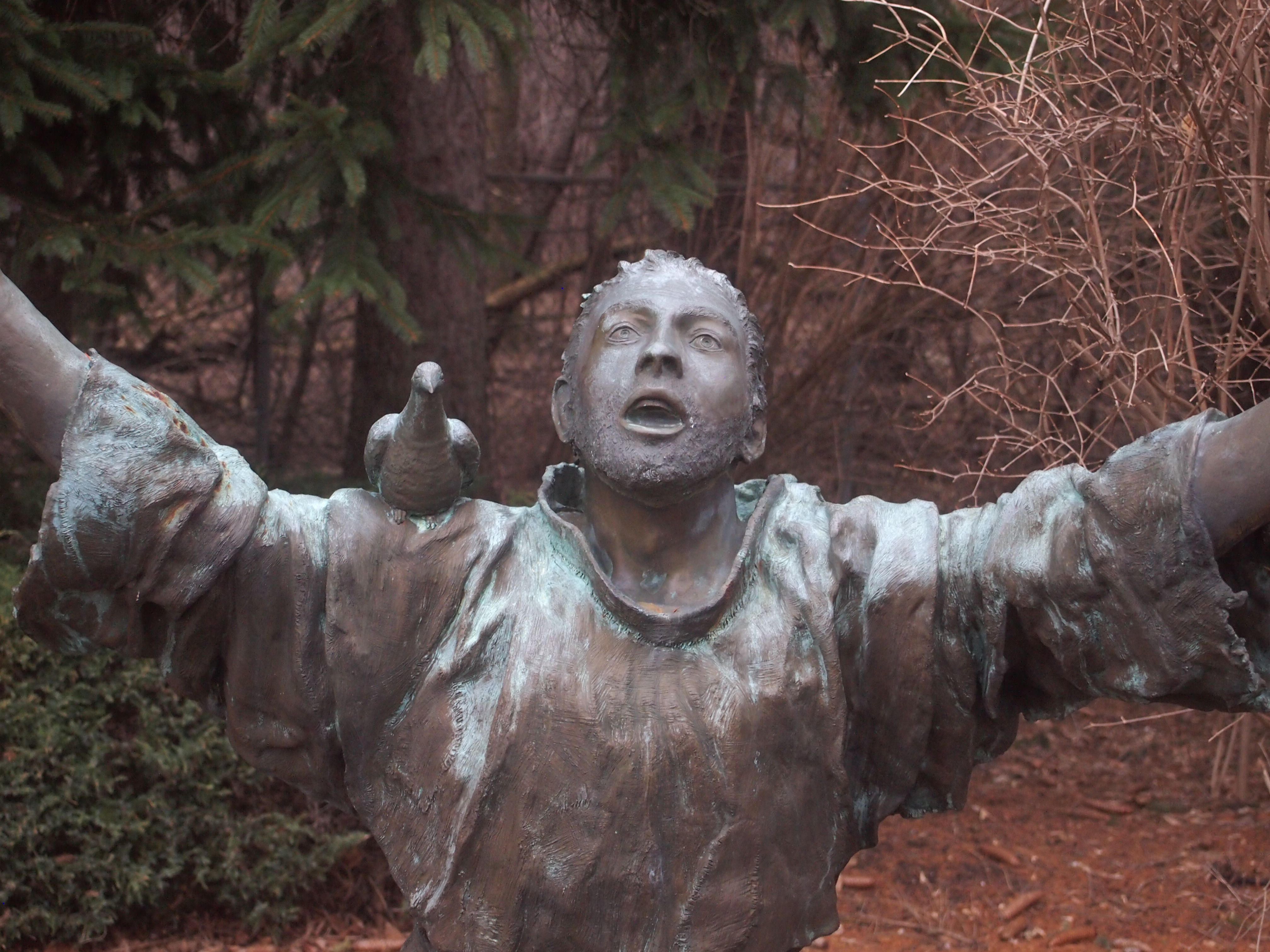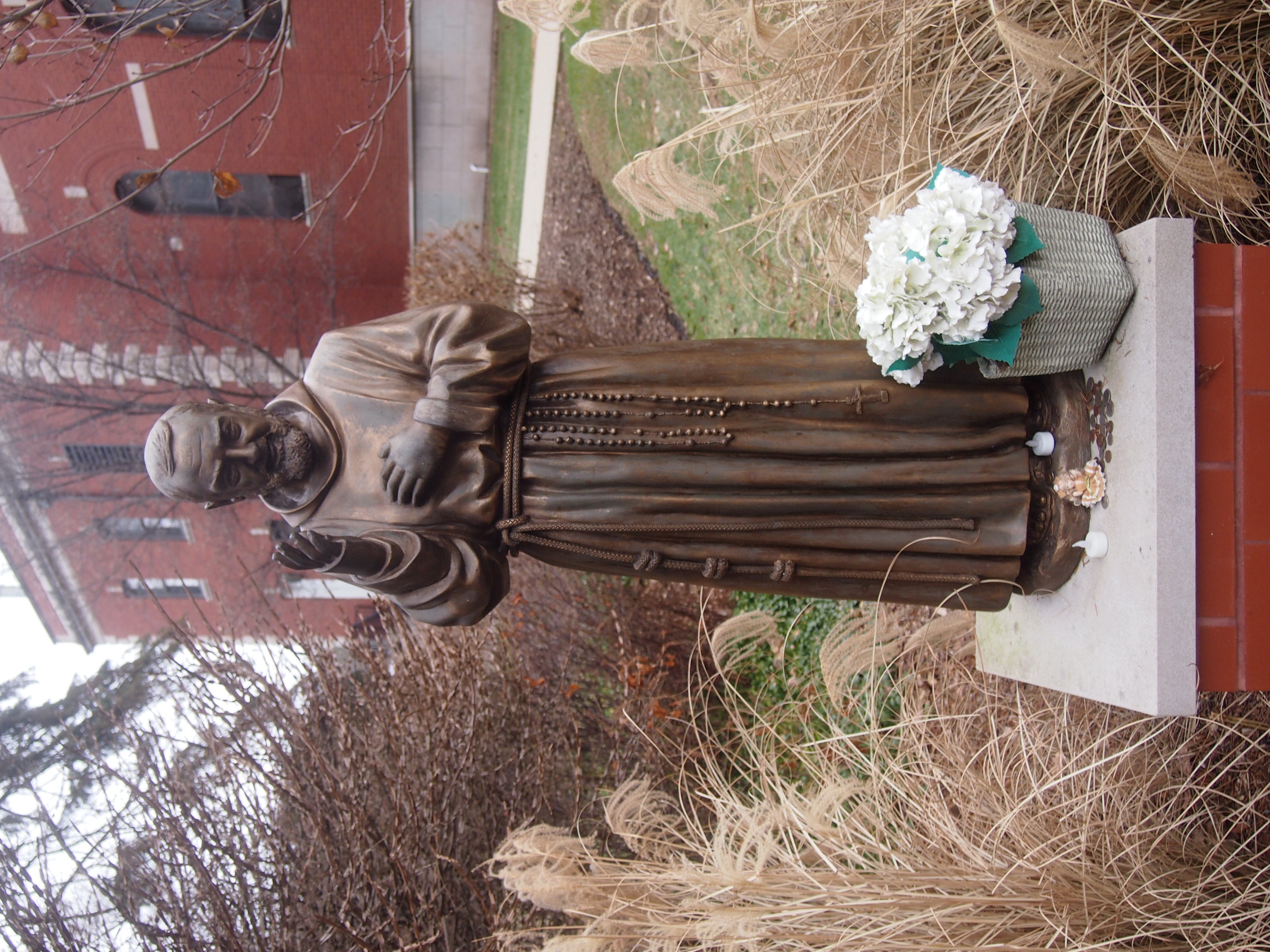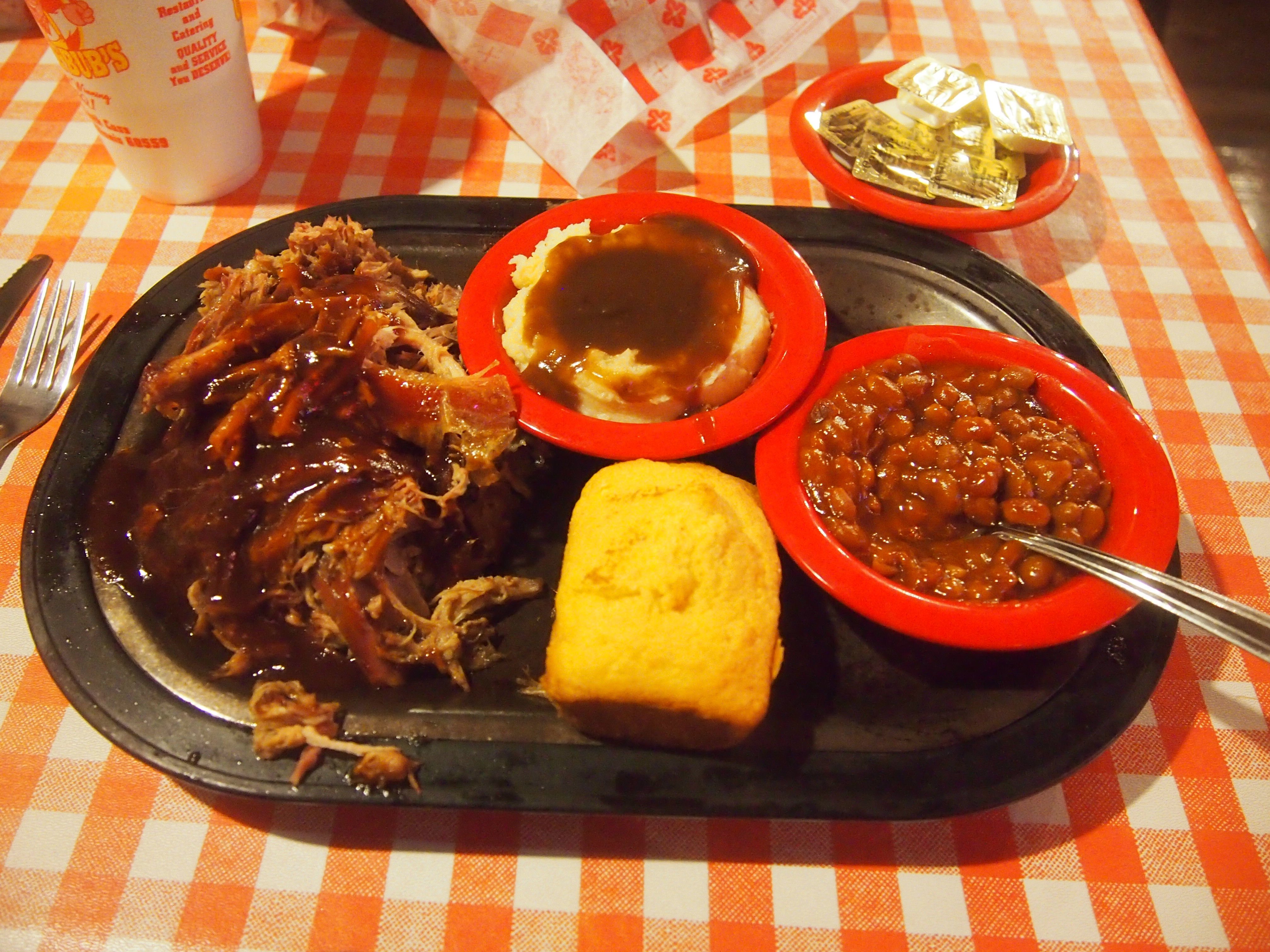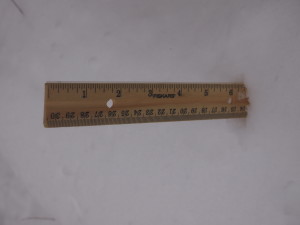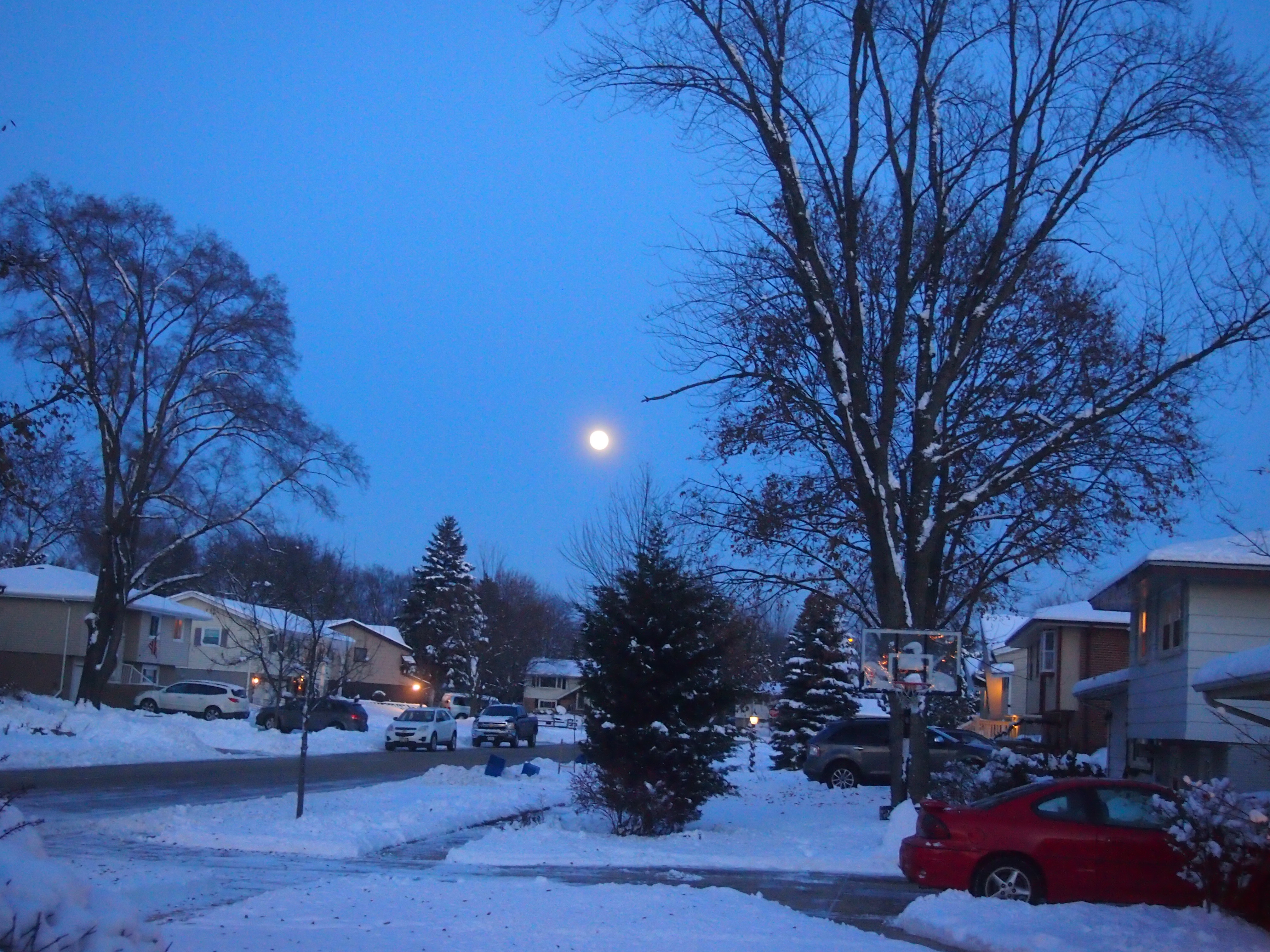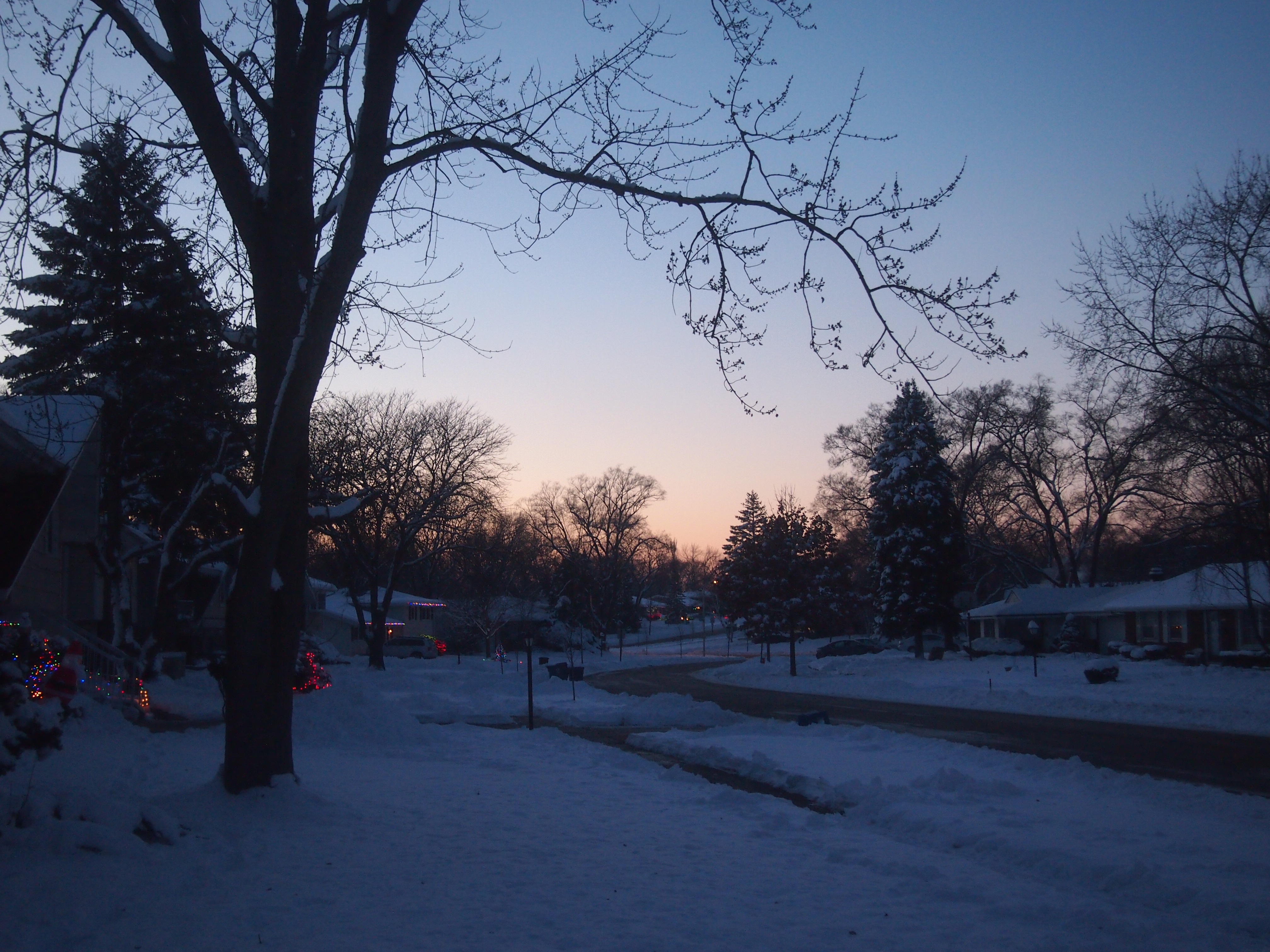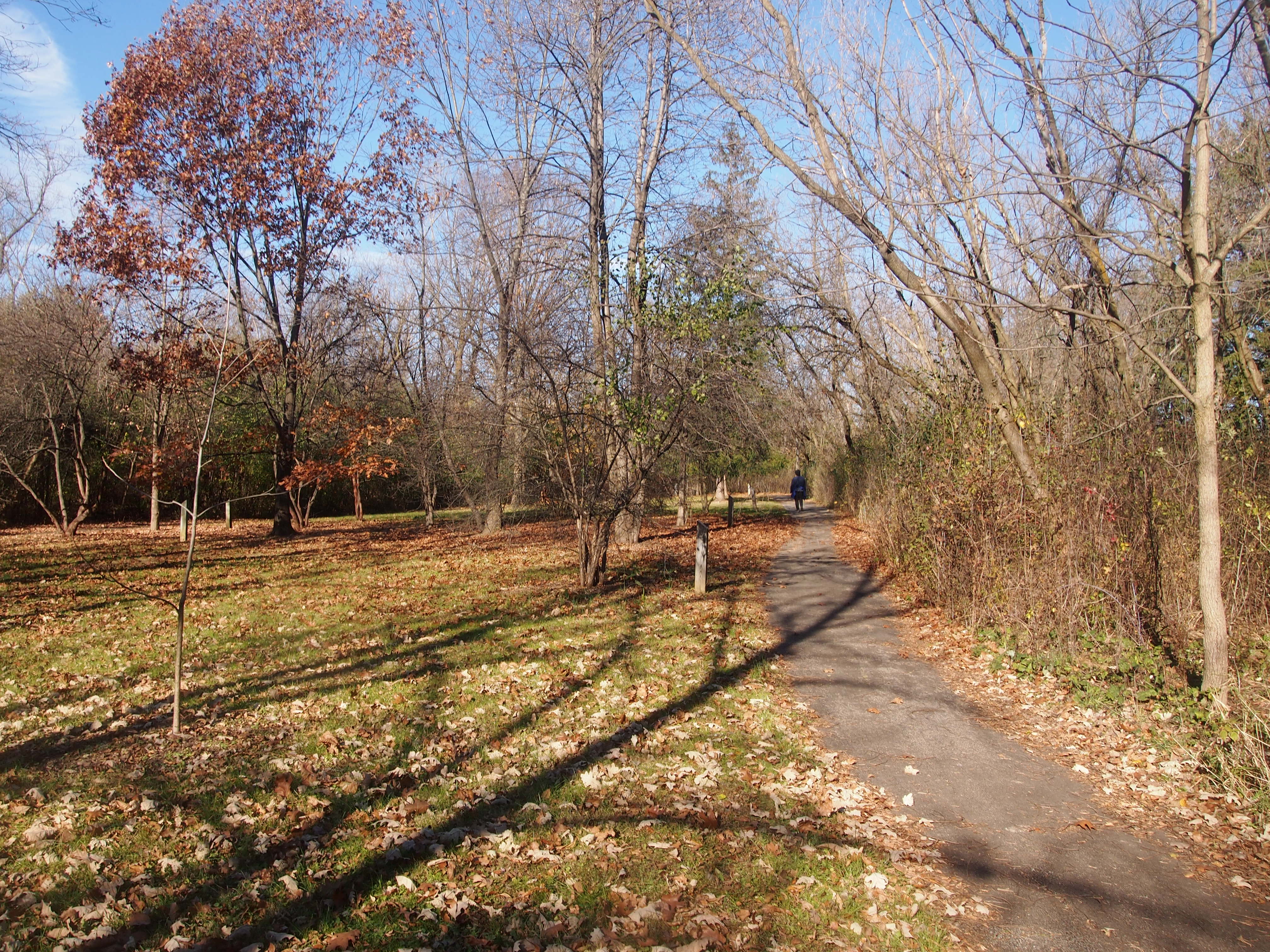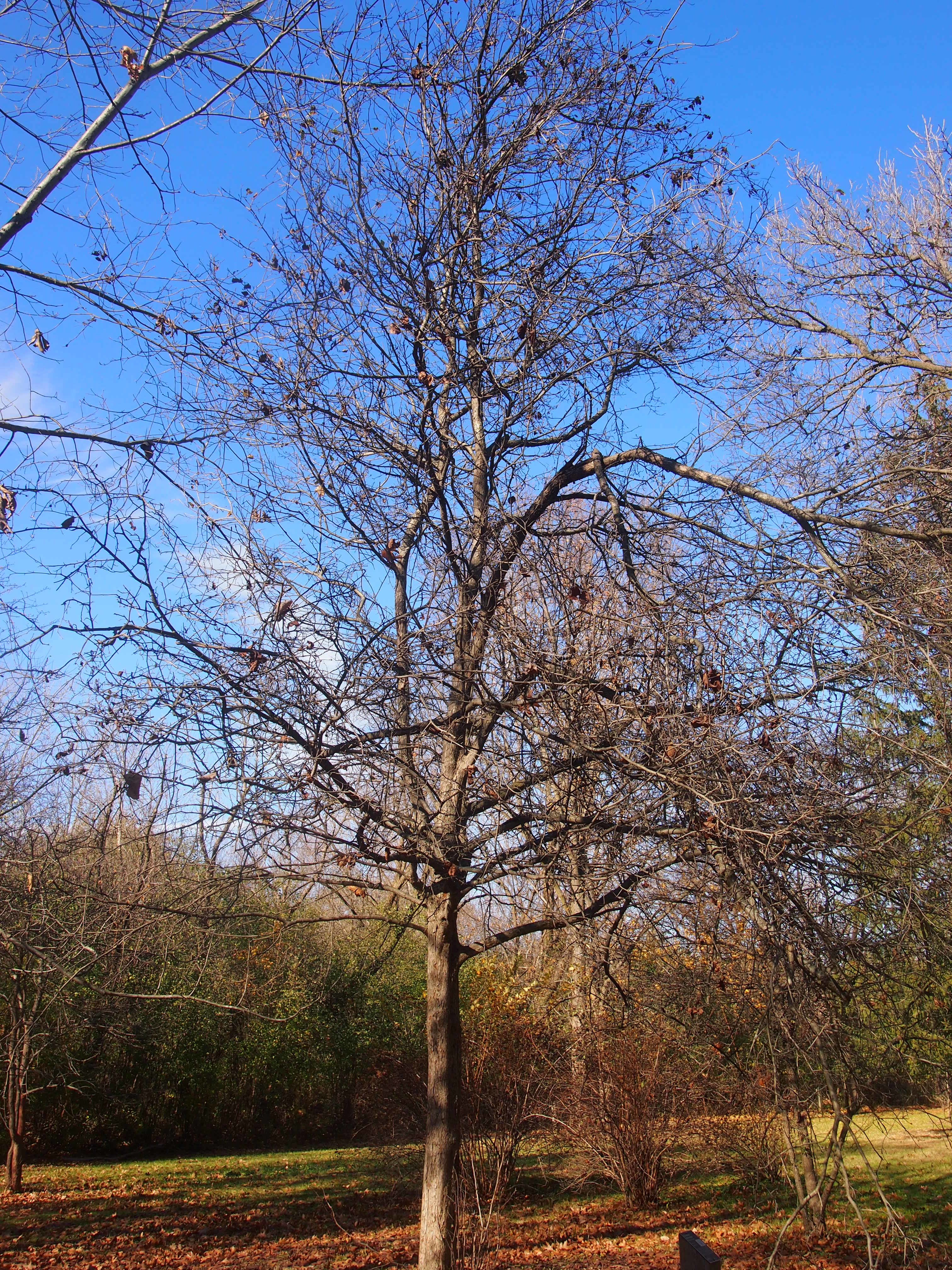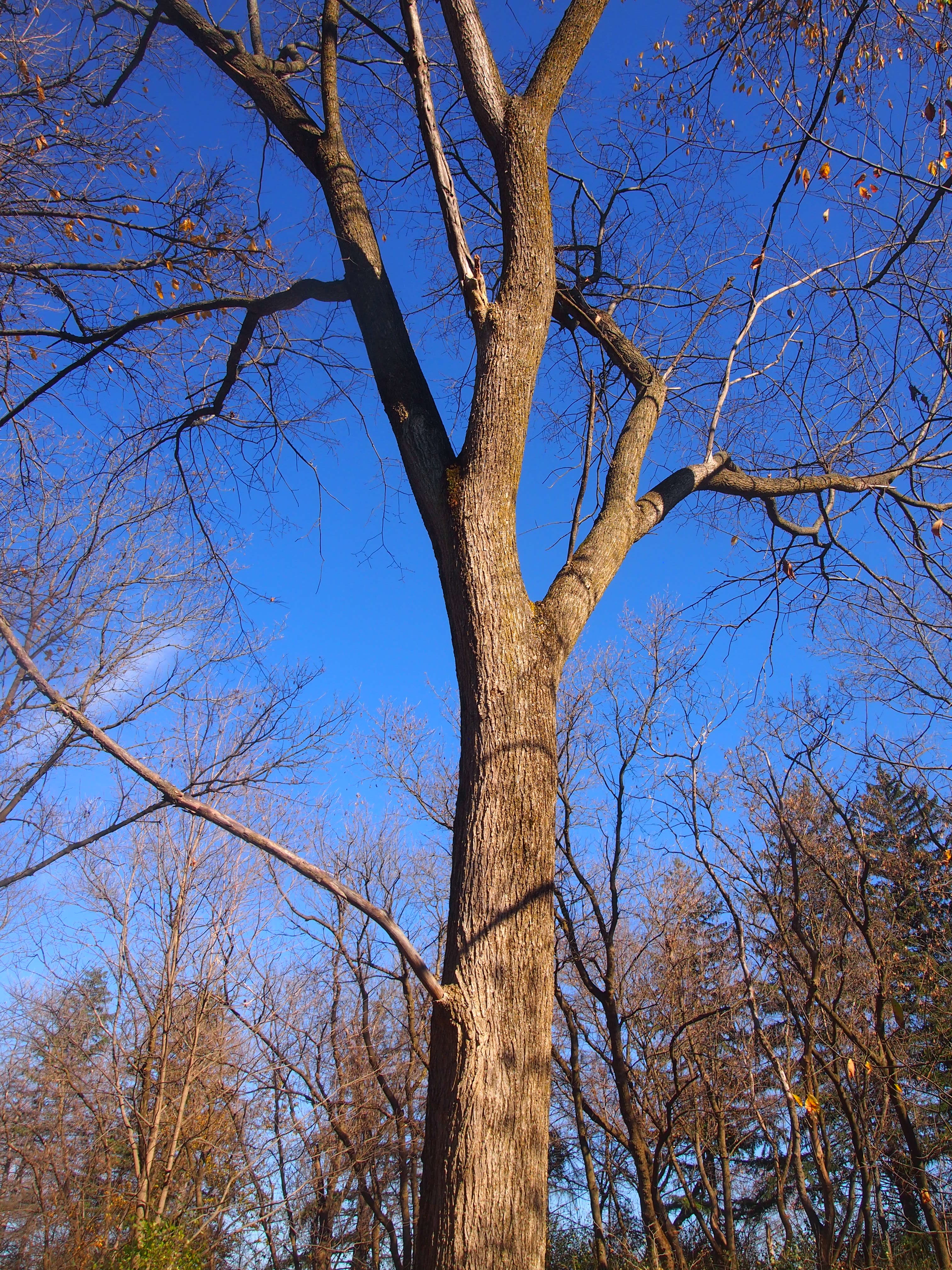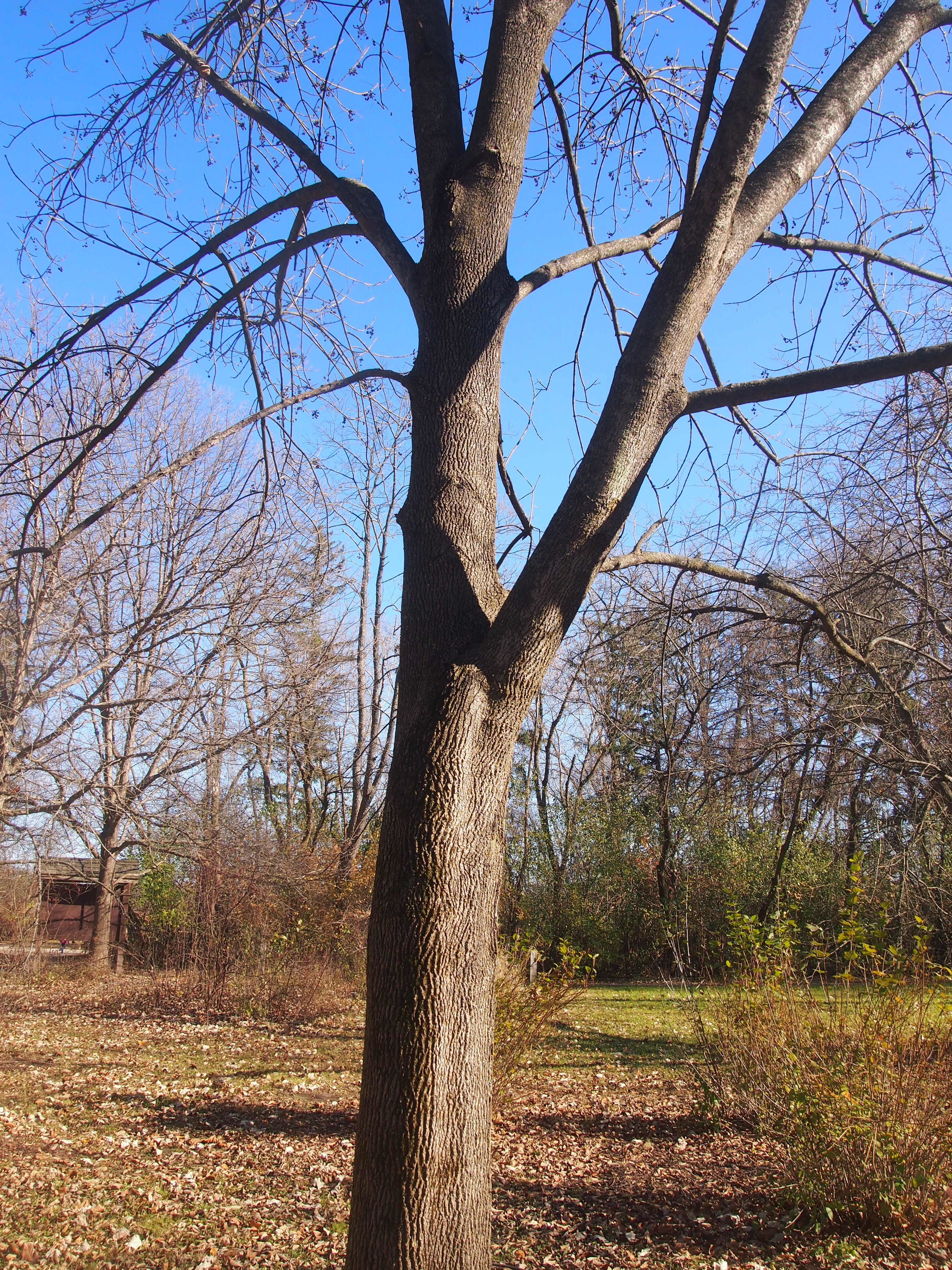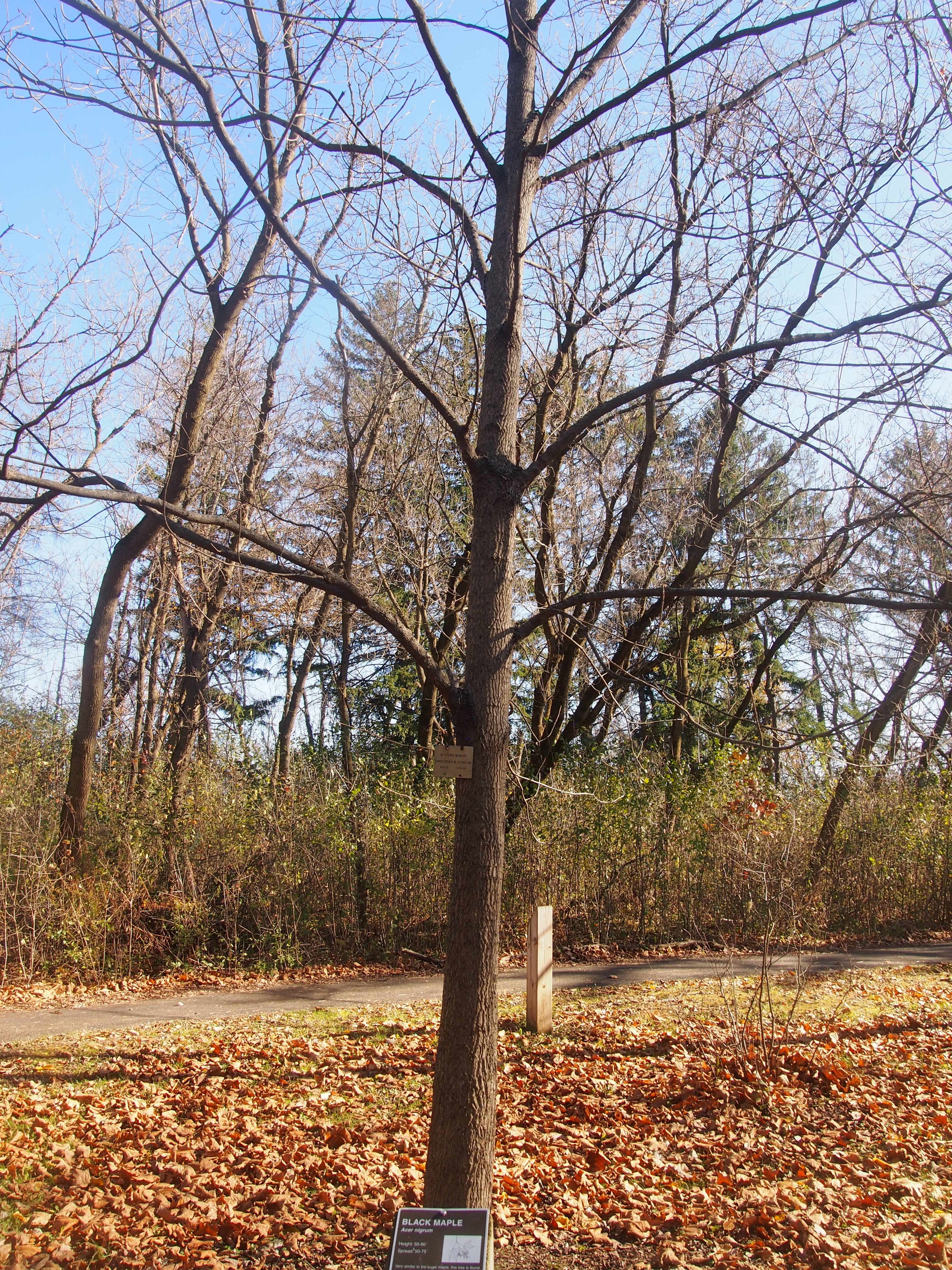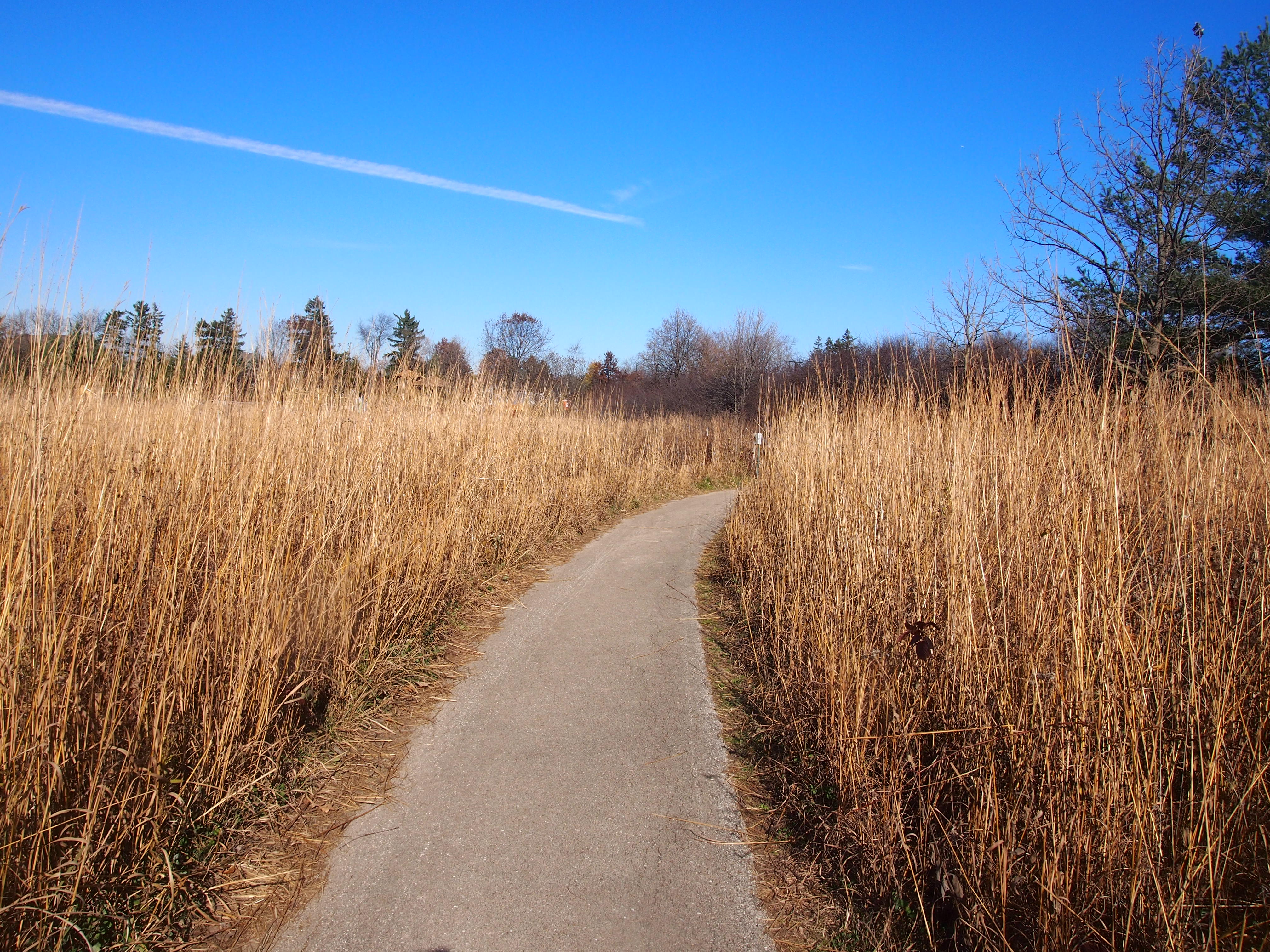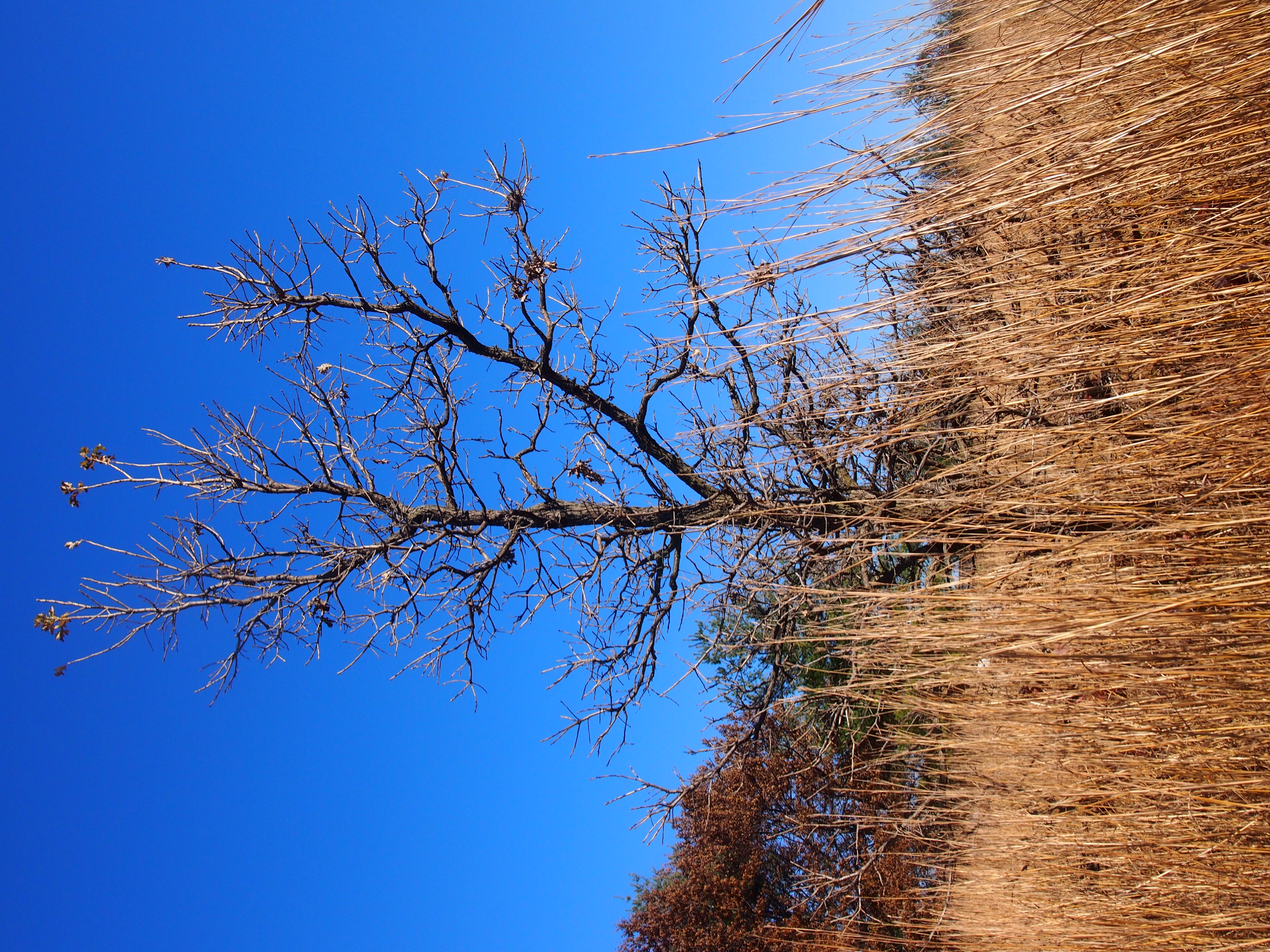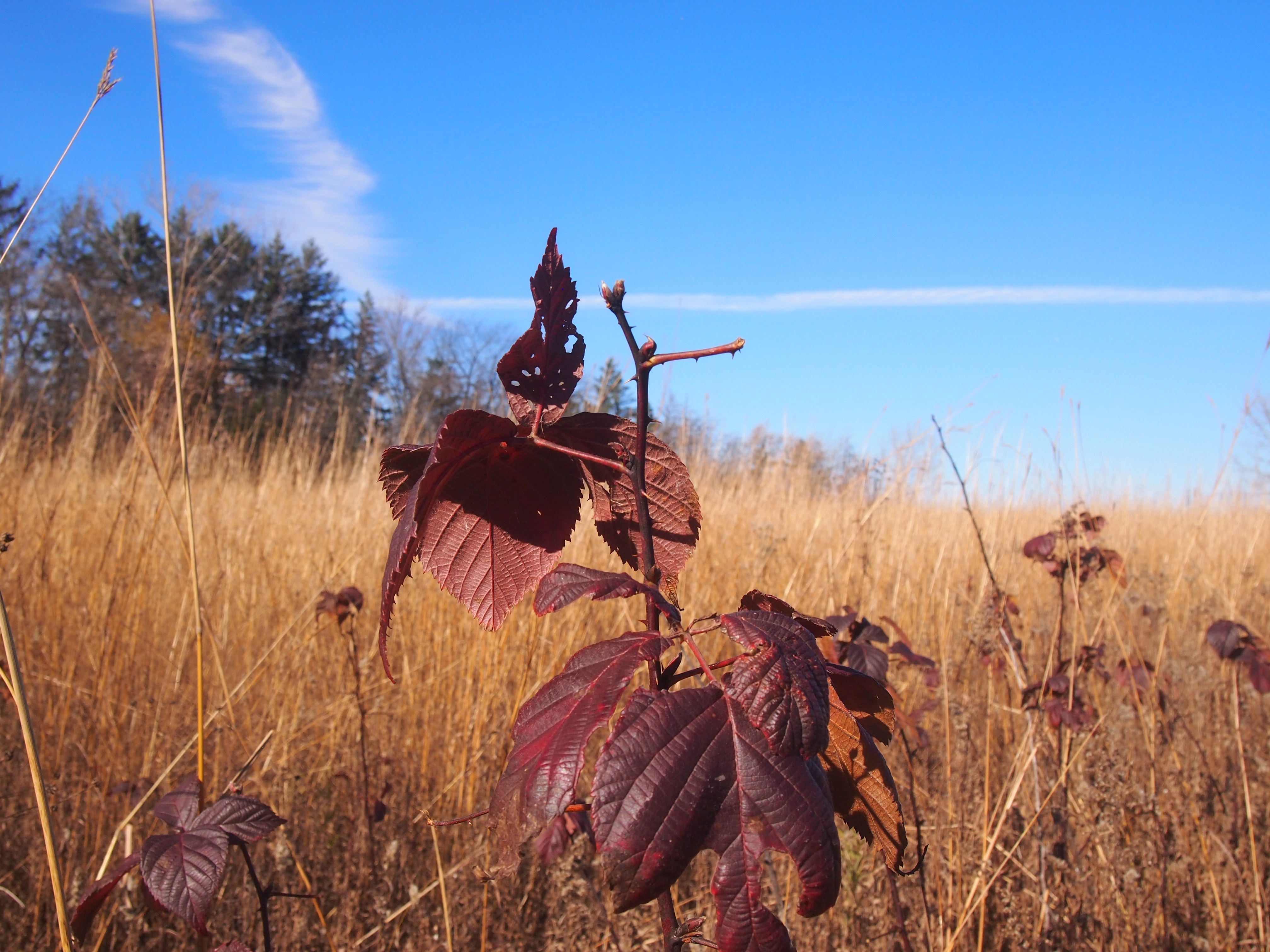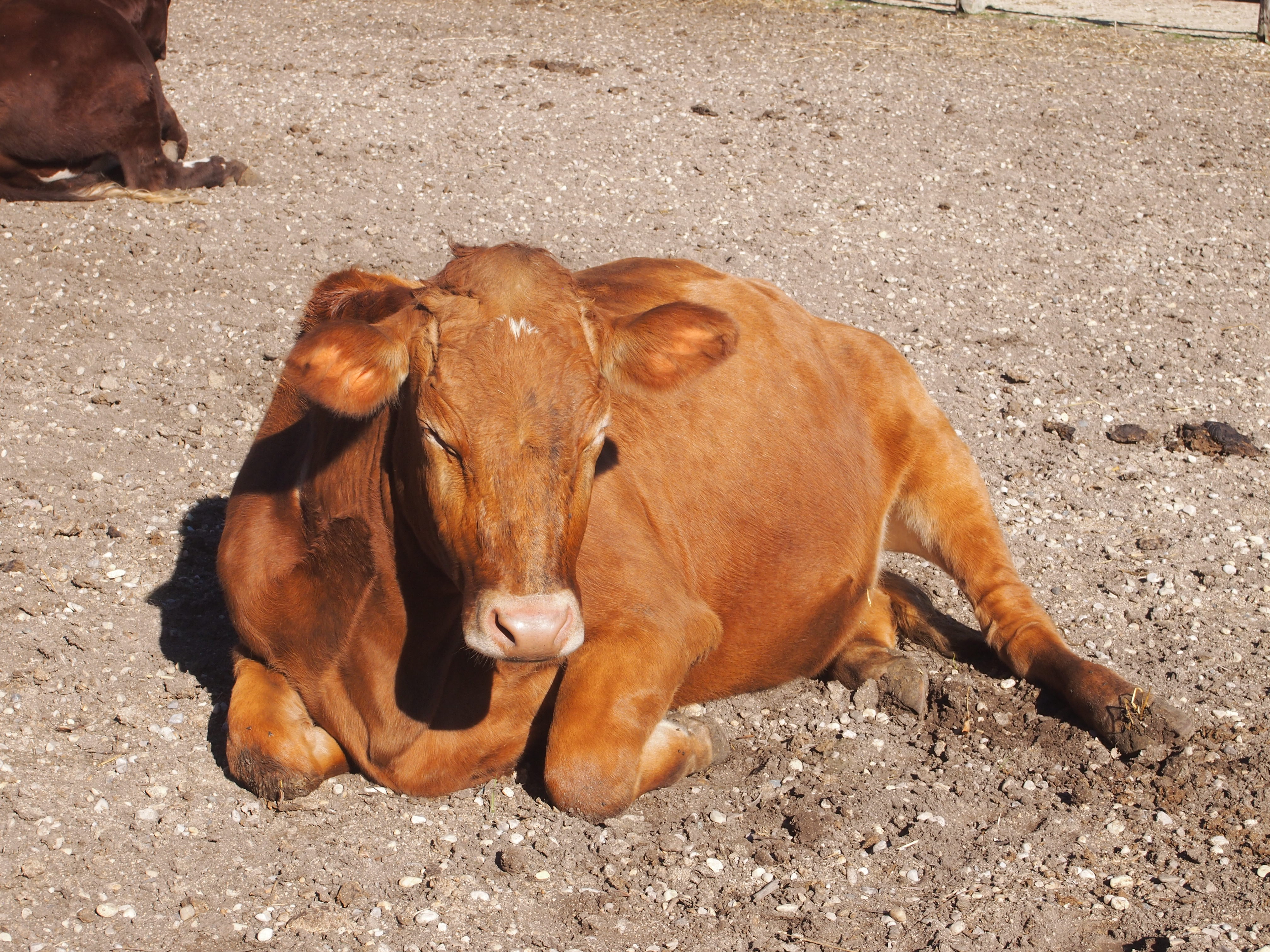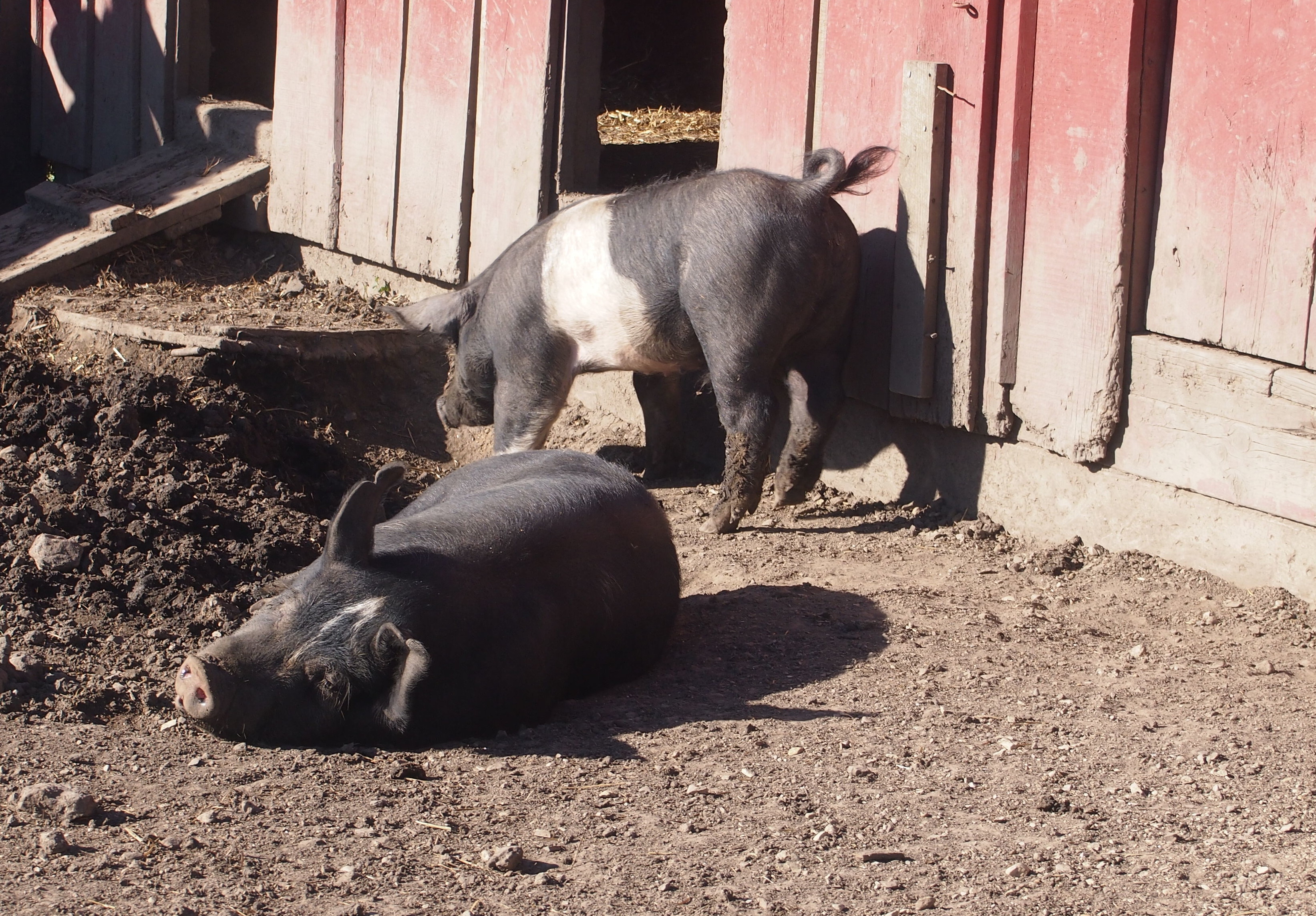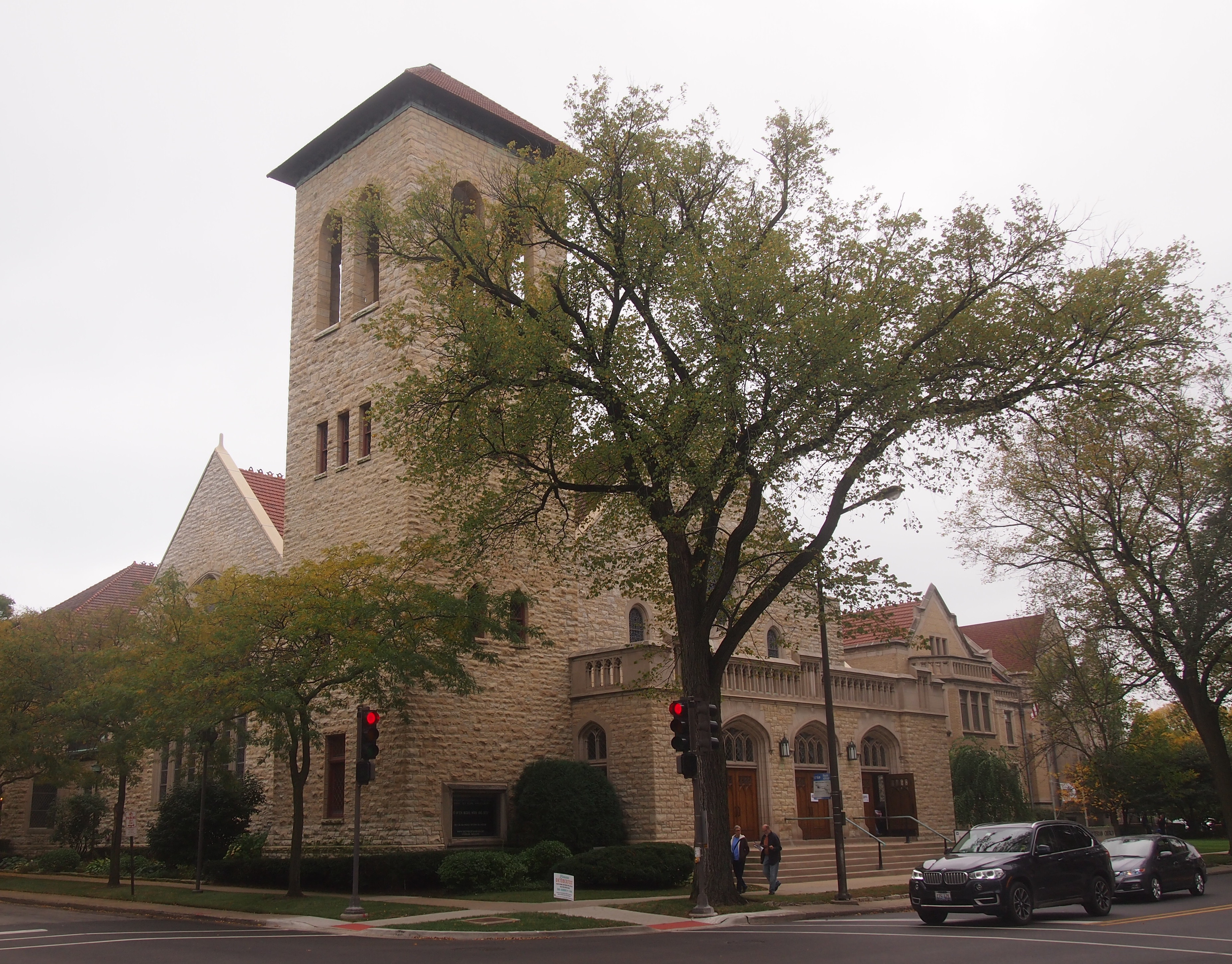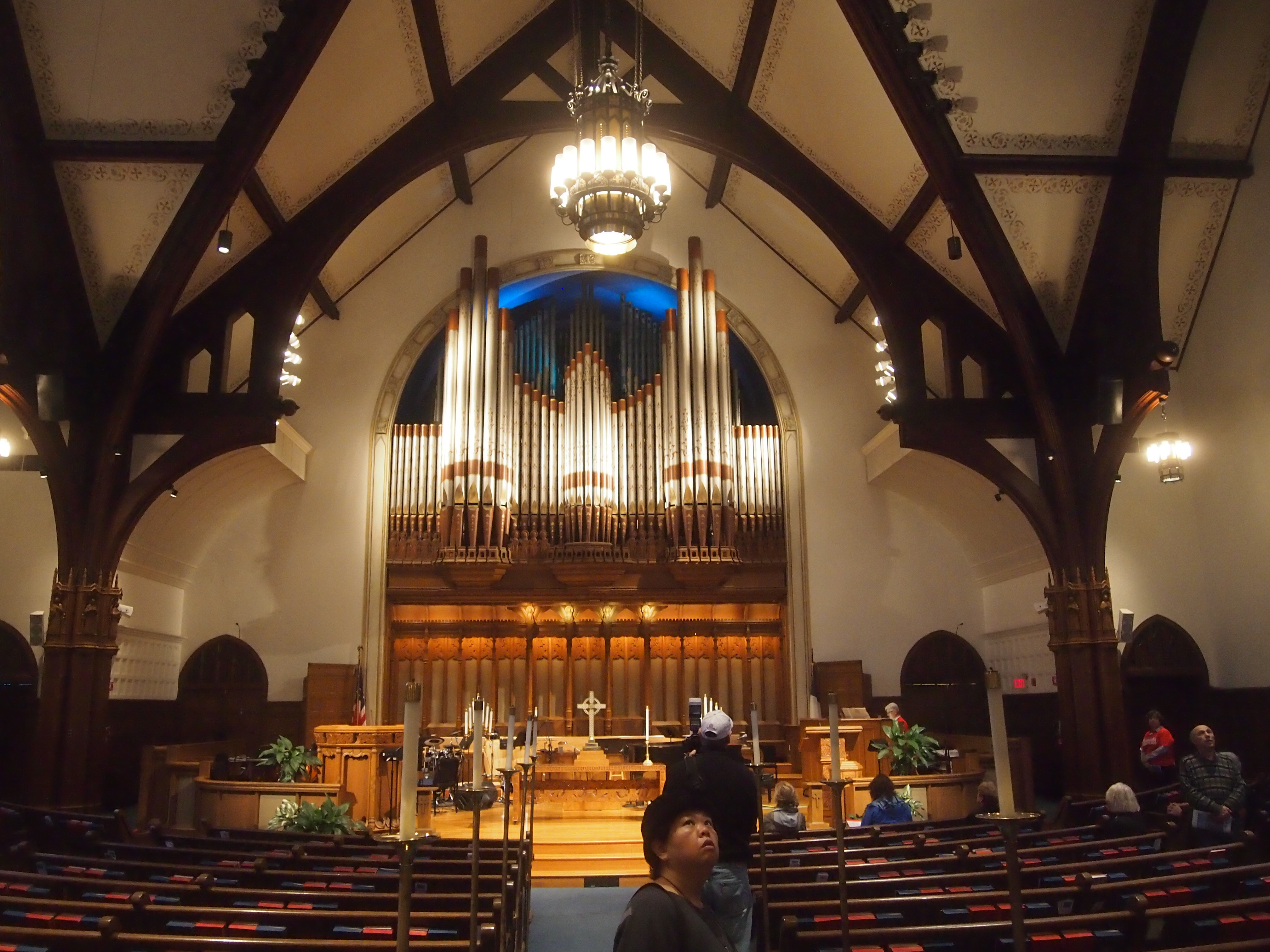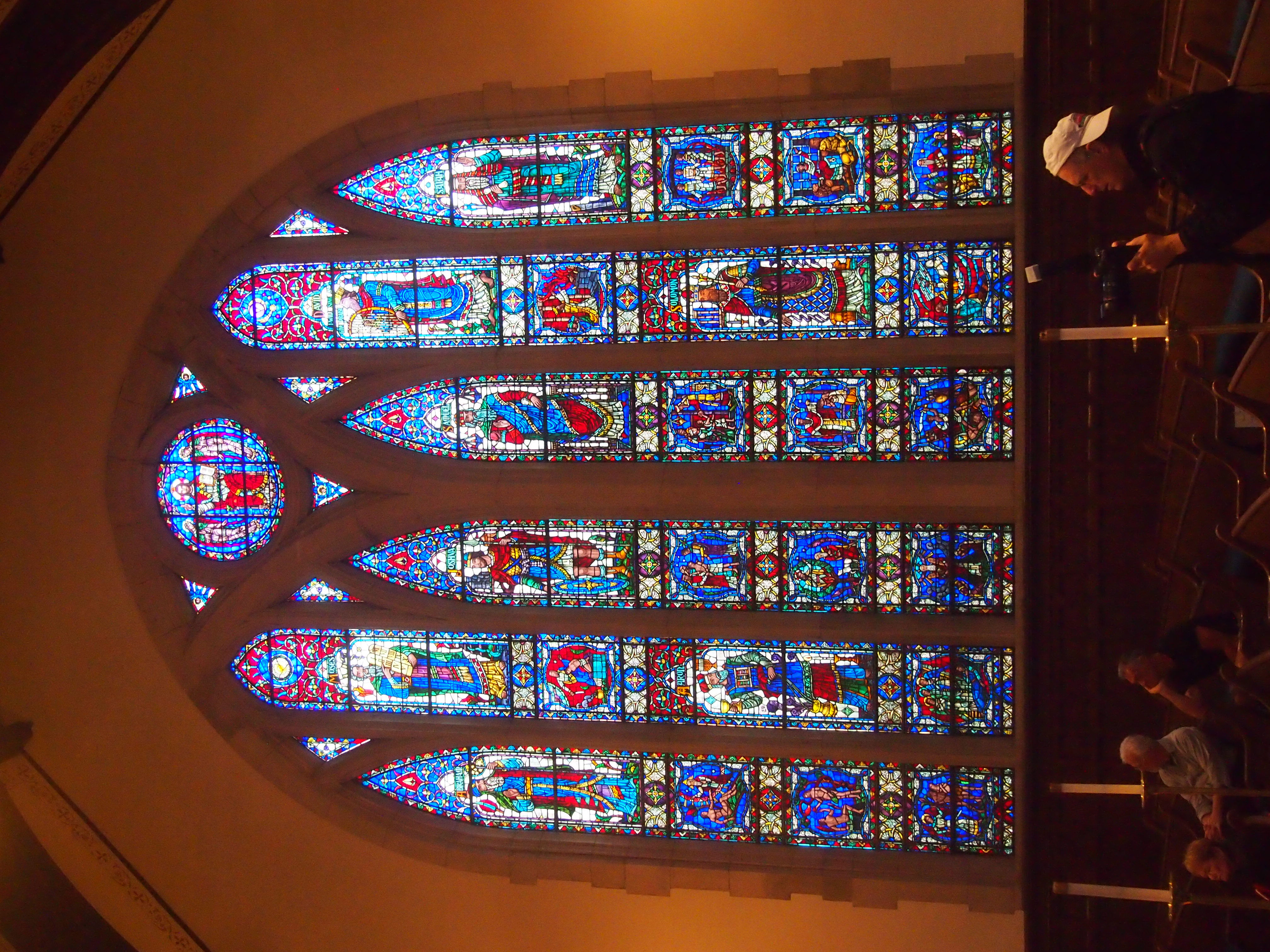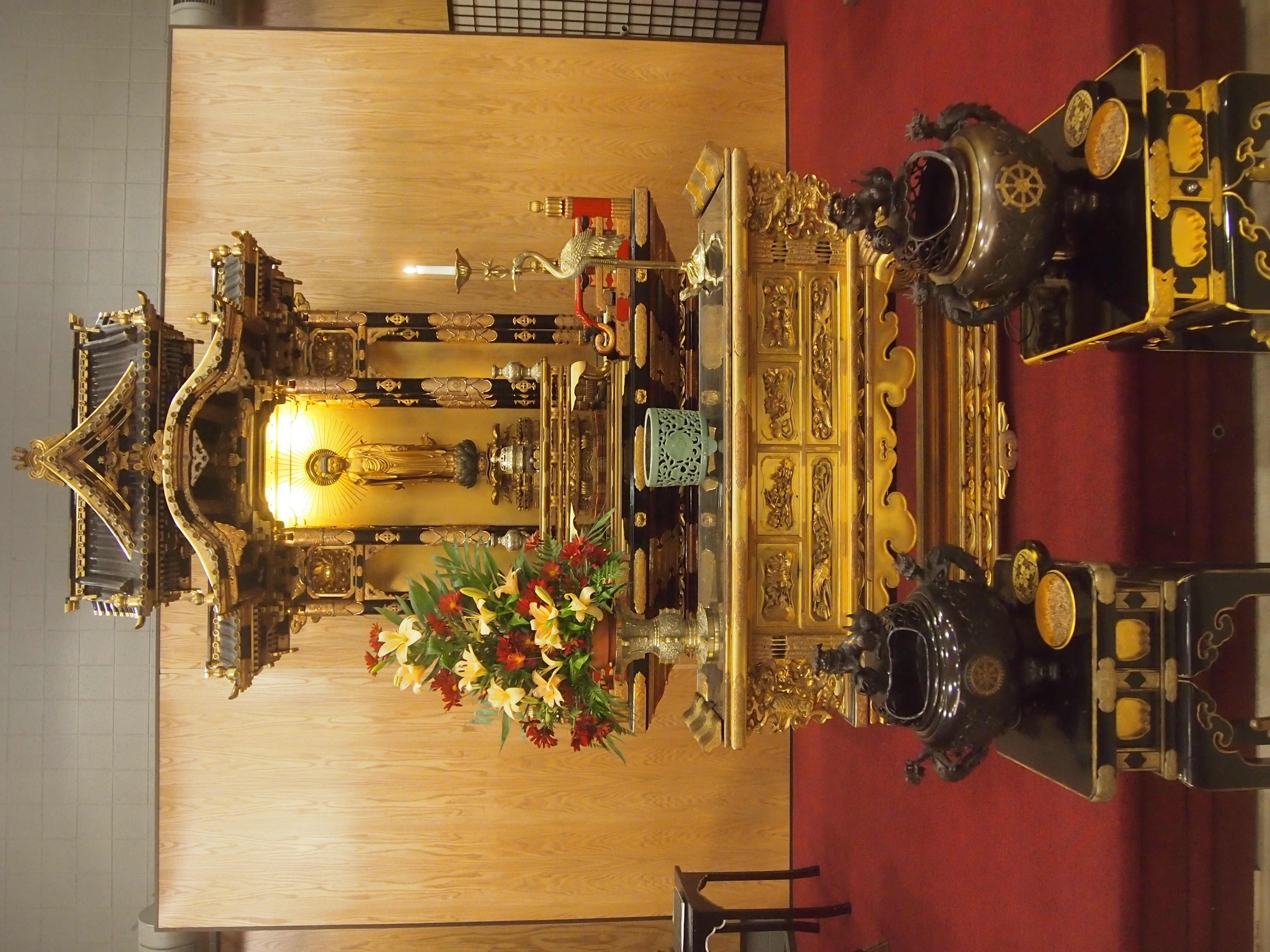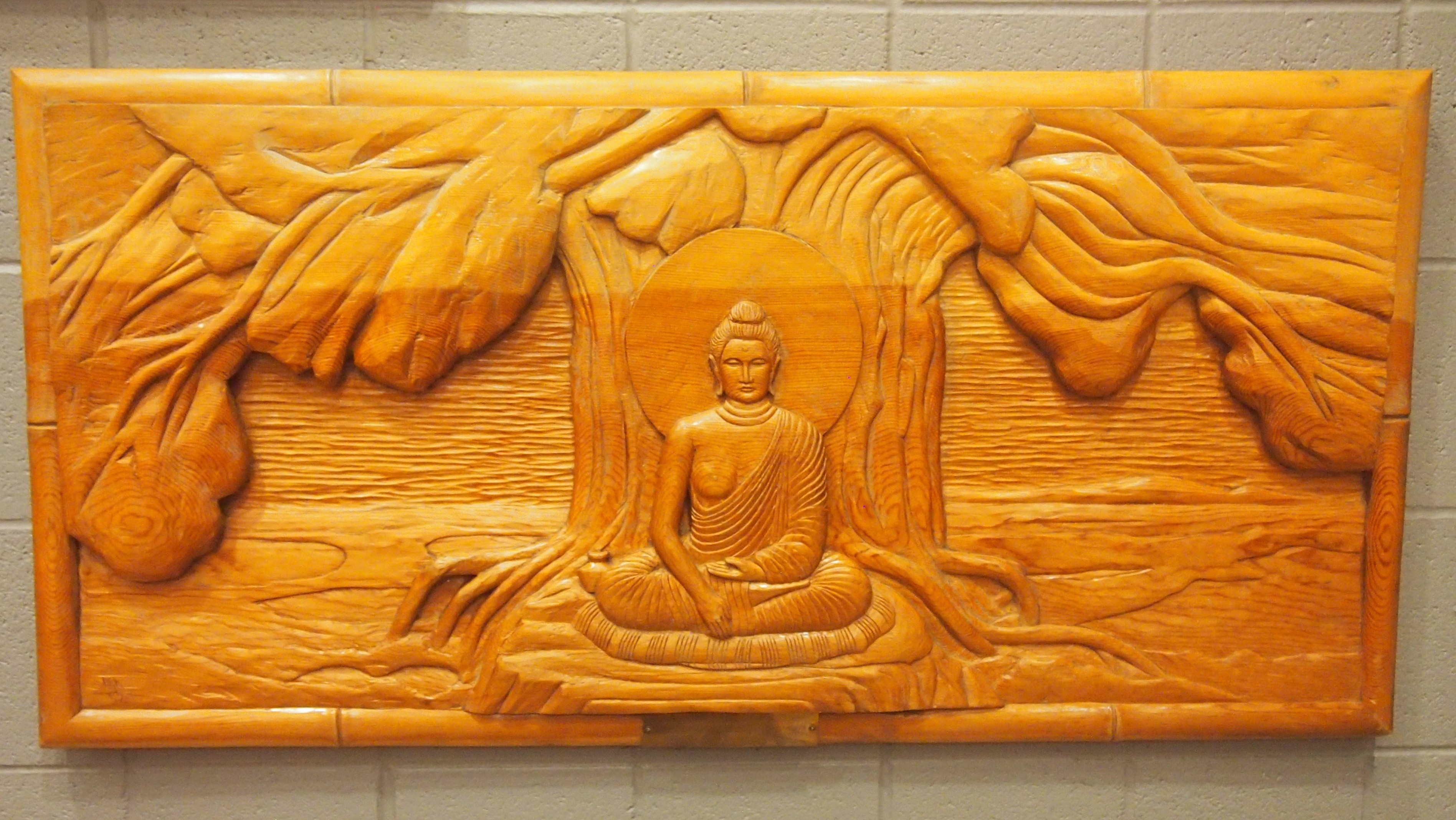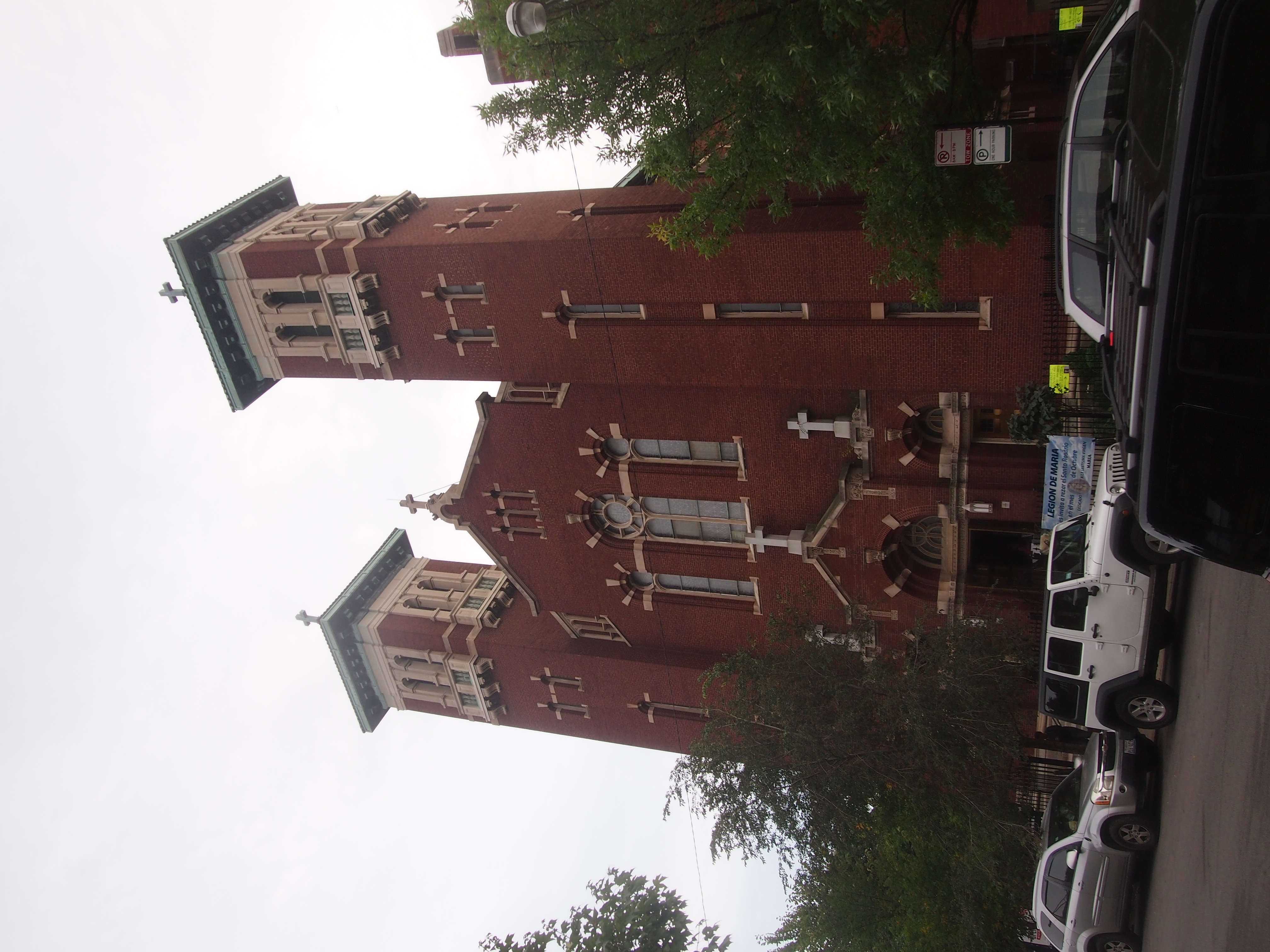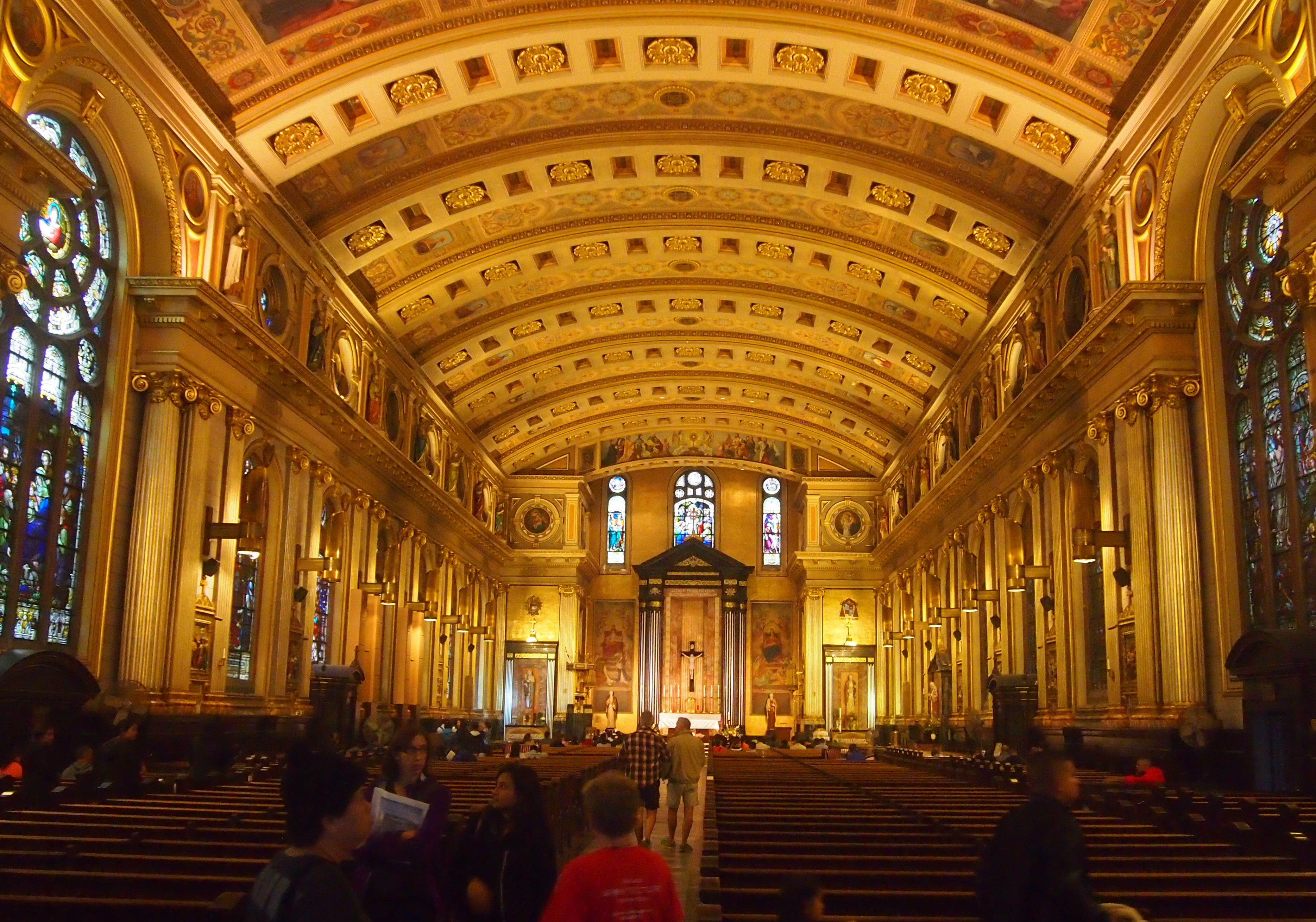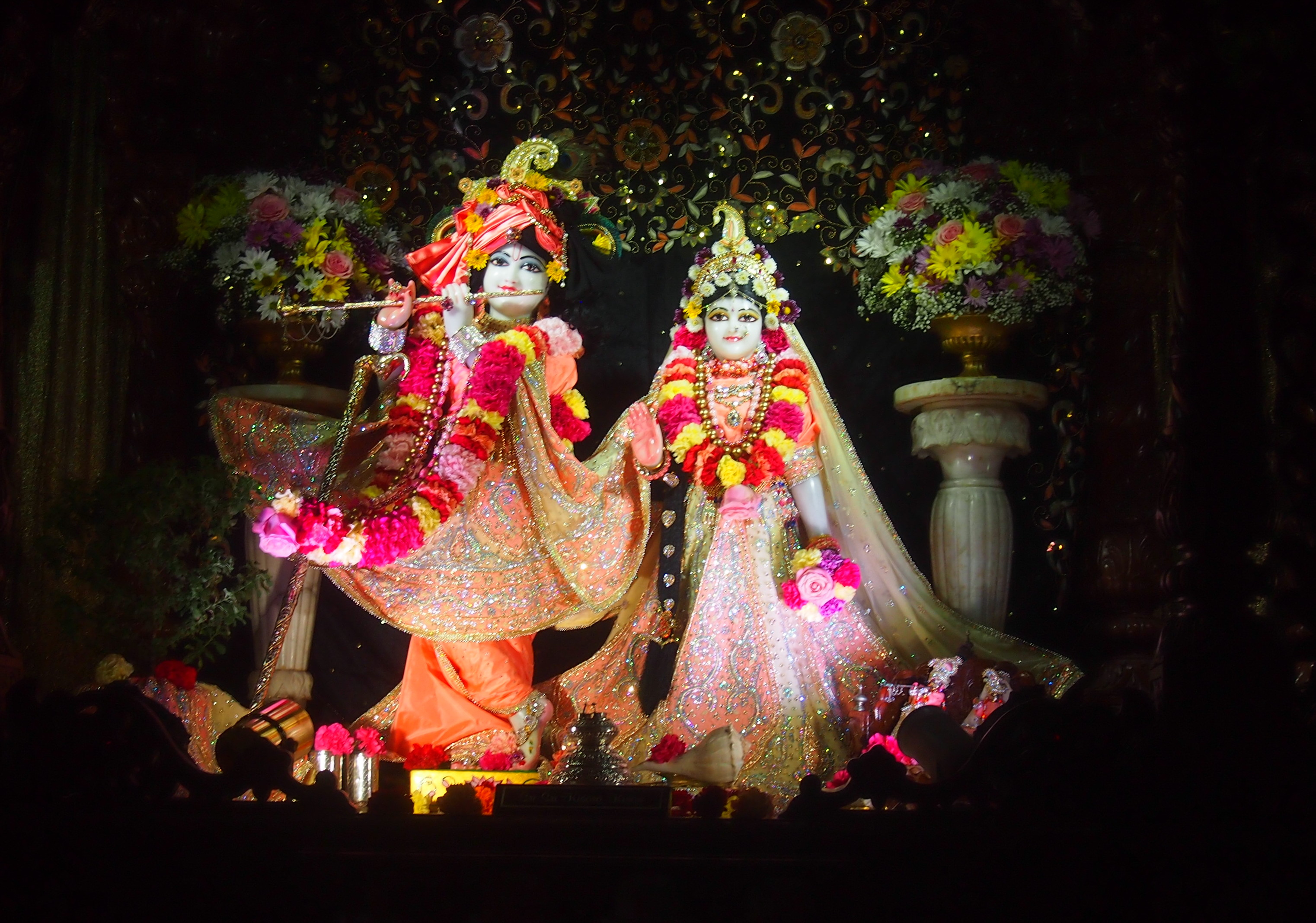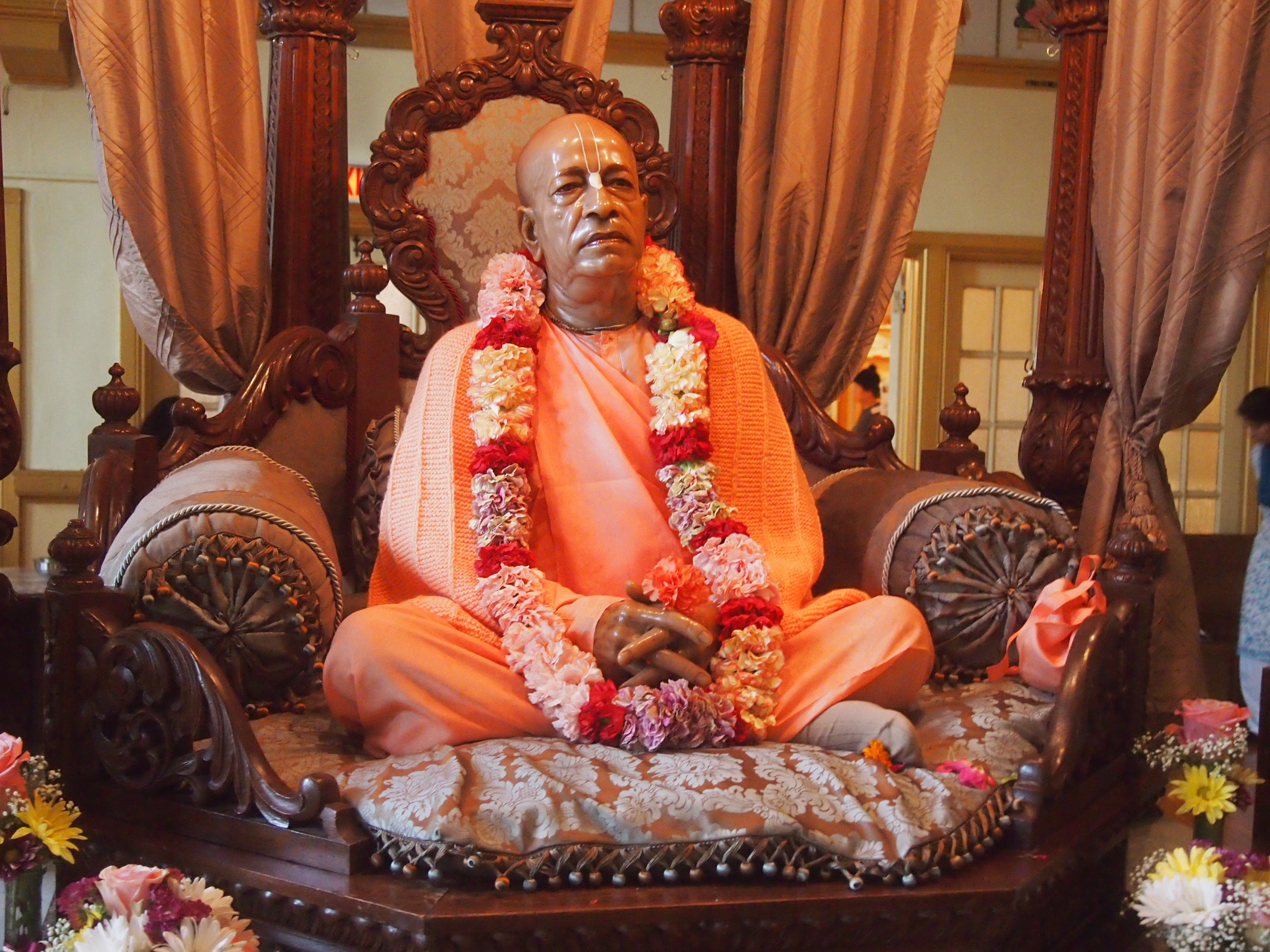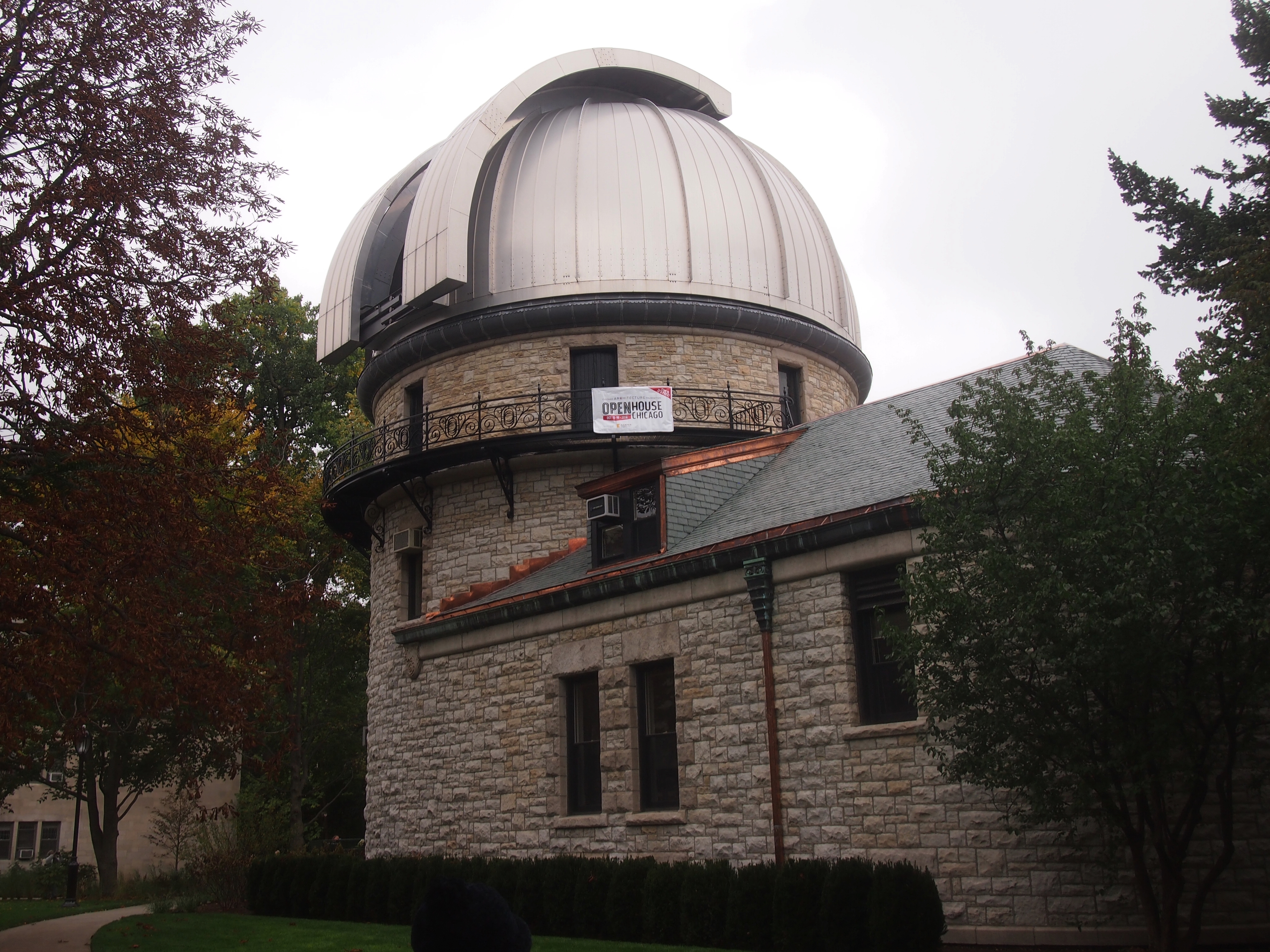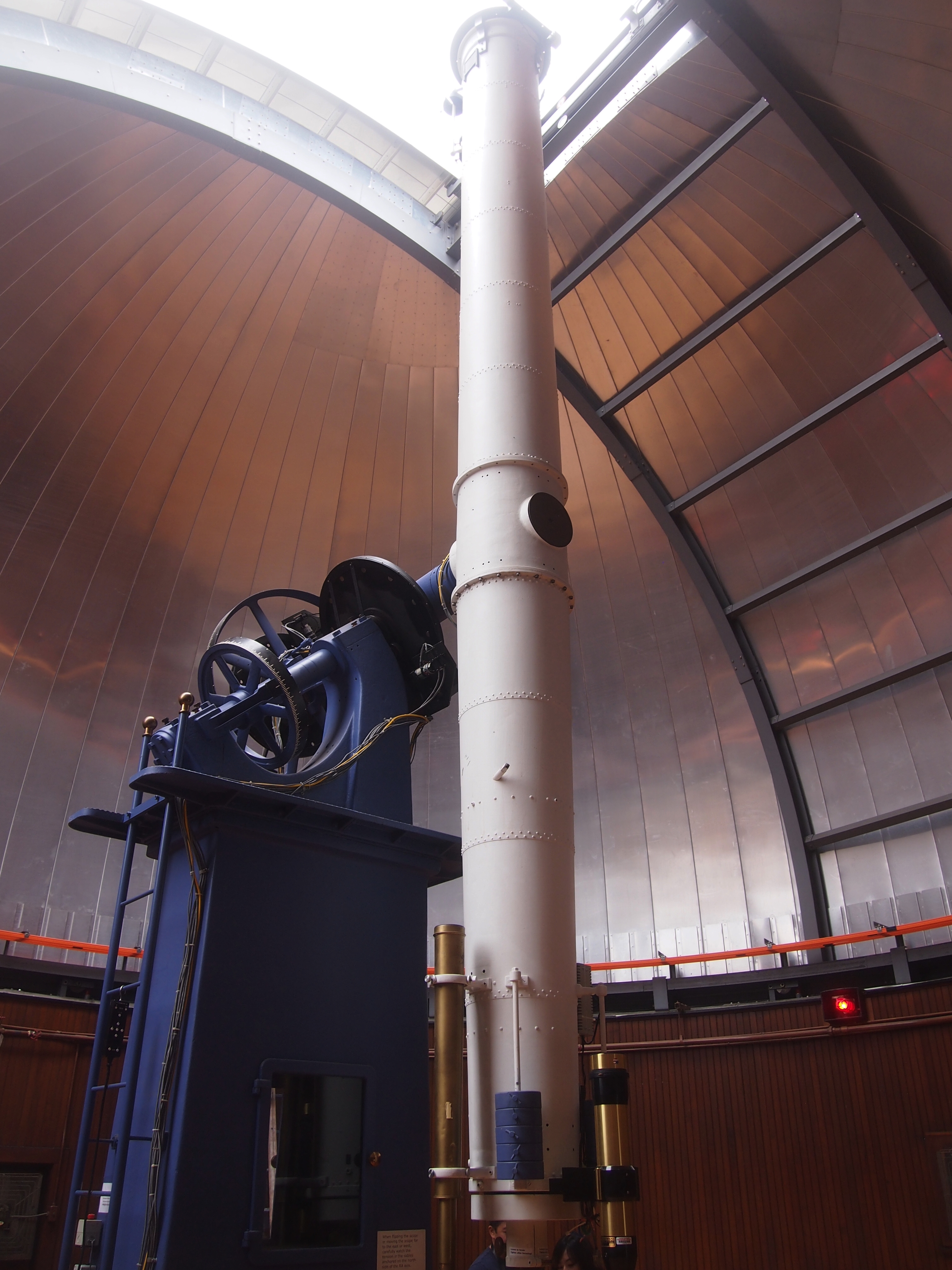Here’s something I learned last Saturday while making the rounds at Open House Chicago. Learned it in fact at the first place we visited. Namely, the Women’s Christian Temperance Union is still in existence.
If you’d asked me beforehand, I would have put the WCTU in the same class as the GAR or Godey’s Lady’s Book or Lydia Pinkham’s Vegetable Compound or other things without much purchase beyond the early 20th century. Not only is the WCTU still around, the organization’s HQ is in Evanston, and it owns the Frances Willard House Museum, which is a few blocks south of the Northwestern campus.
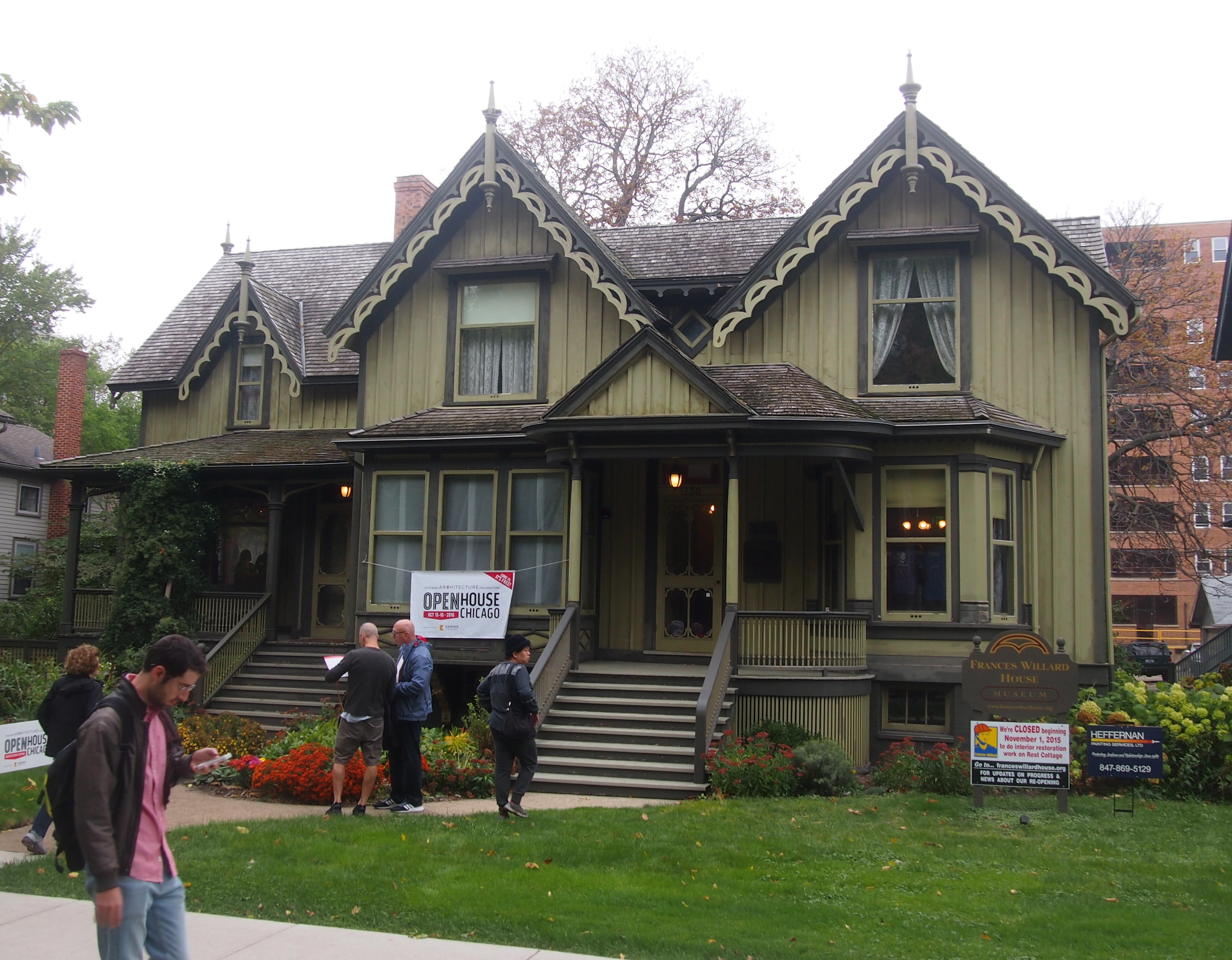
Frances Willard was one of the founders of the WCTU. As the organization’s web site says, “Willard recognized, developed, and implemented the use of the Woman’s Christian Temperance Union as a political organizing force. Under her leadership, the Union increasingly saw its role as an organization advocating for broad social as well as political change.”
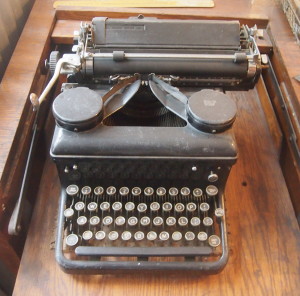 That is, she wasn’t the one who took a hatchet to saloons, but I’m sure she smashed them in other ways. She had a handsome home in Evanston, built in 1865 and made a museum only two years after Willard’s death in 1898. Clearly, the other members of the WCTU held her in high regard. Some artifacts are in place, such as this typewriter.
That is, she wasn’t the one who took a hatchet to saloons, but I’m sure she smashed them in other ways. She had a handsome home in Evanston, built in 1865 and made a museum only two years after Willard’s death in 1898. Clearly, the other members of the WCTU held her in high regard. Some artifacts are in place, such as this typewriter.
I like to think Frances Willard banged out some anti-demon rum polemics on it, but I’m not sure it looks old enough to be a late 19th-century machine. Maybe WCTU writers used it later to assure everyone that Prohibition was going swimmingly.
According to the volunteer on hand at the house, the place wasn’t open very much until recently, when it was cleaned and refurbished. Now the museum seems to be actively trying to attract visitors, which must have been the reason it was part of Open House Chicago. All the years I’ve visited Evanston I’d never seen or heard of it. Now I have.
At the other end of the alcohol appreciation spectrum is the national headquarters of Sigma Alpha Epsilon, which is closer to Northwestern — across the street, in fact. It too was part of Open House Chicago.
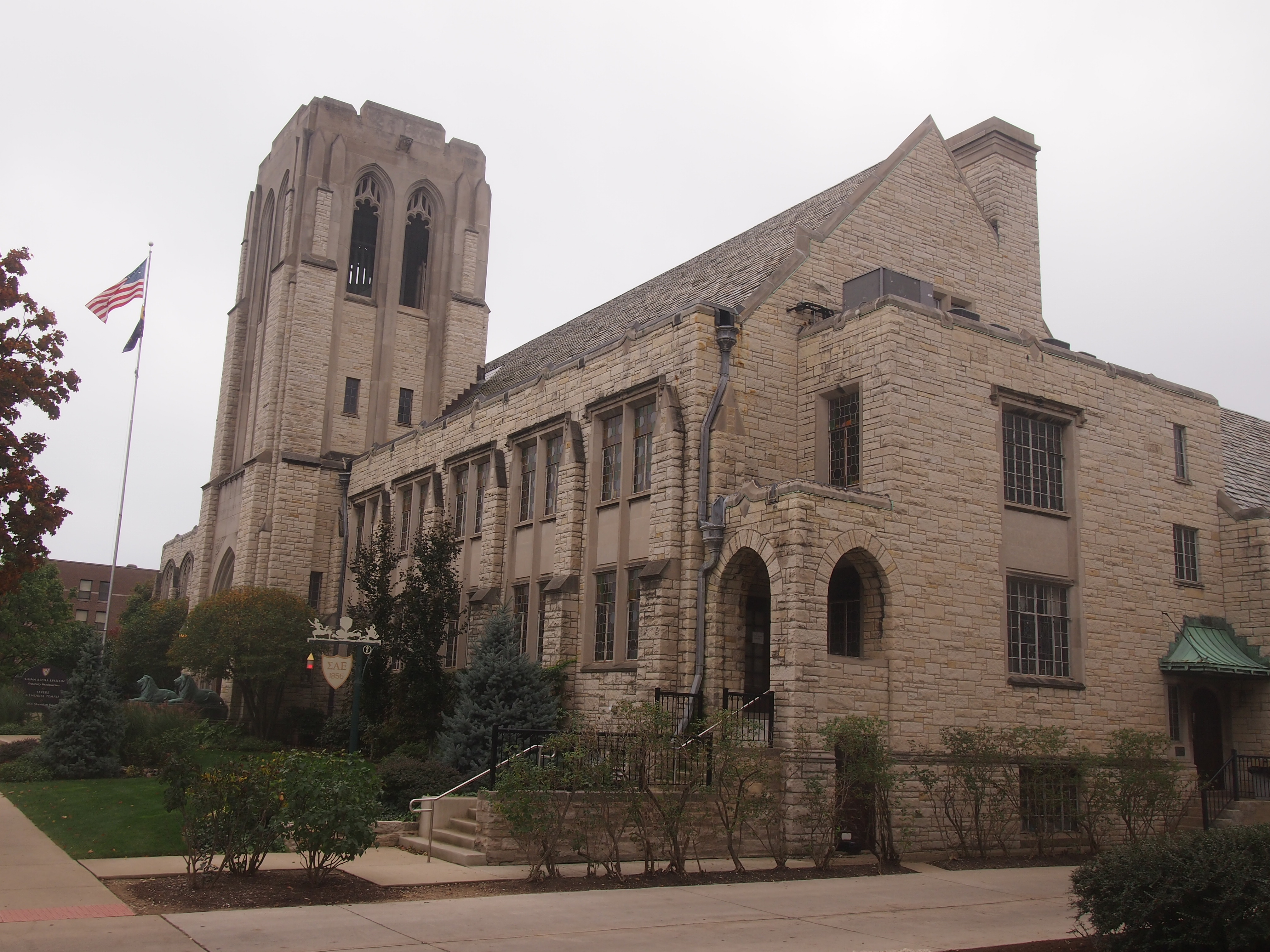 A lot has been written about the SAEs lately, such at Inside Higher Ed, which noted that “there’s nothing quaint about the nicknames SAE has these days — on many campuses people say the initials stand for ‘Sexual Assault Expected’ or ‘Same Assholes Everywhere.’ ” (Then again, if you hold the entire frat responsible for the actions of a few, aren’t you badmouthing the United States of America?)
A lot has been written about the SAEs lately, such at Inside Higher Ed, which noted that “there’s nothing quaint about the nicknames SAE has these days — on many campuses people say the initials stand for ‘Sexual Assault Expected’ or ‘Same Assholes Everywhere.’ ” (Then again, if you hold the entire frat responsible for the actions of a few, aren’t you badmouthing the United States of America?)
Whatever else you can say about the SAEs, they’ve got a swell national headquarters building, including a library, museum of frat artifacts, meeting and office space, and elegant chapel, which is called the Levere Memorial Temple. It was designed by Arthur Howell Knox in 1930.
Open House Chicago says of the structure: “This understated Gothic-Revival building sits across from Northwestern’s gate. It was the vision of Billy Levere, a Temperance preacher with a key role in the history of the Sigma Alpha Epsilon fraternity… [temperance again? Maybe there’s a ritual toast to Levere at SAE keggers.]
“It was the first national headquarters building of any fraternity (a use it still serves today). It was also a memorial for the fallen of World War I. A local architect and fraternity member designed the building, including its colorful chapel with a large but uncharacteristic collection of Tiffany windows that narrate the history of America and Sigma Alpha Epsilon.”
The fact that it’s called a “temple” led to some discussion with Yuriko about whether the structure was actually some kind of church — it certainly looks like one, complete with pews, stained glass, religious art, and an altar. No, I offered that whatever the SAEs call it, it’s a chapel. No one meets there regularly for services, after all, and I doubt that it’s been consecrated.
I was interested to see that the stained glass windows on one side started by honoring the soldiers of World War I, but didn’t stop there. In fact, there was a window for Persian Gulf War soldiers.
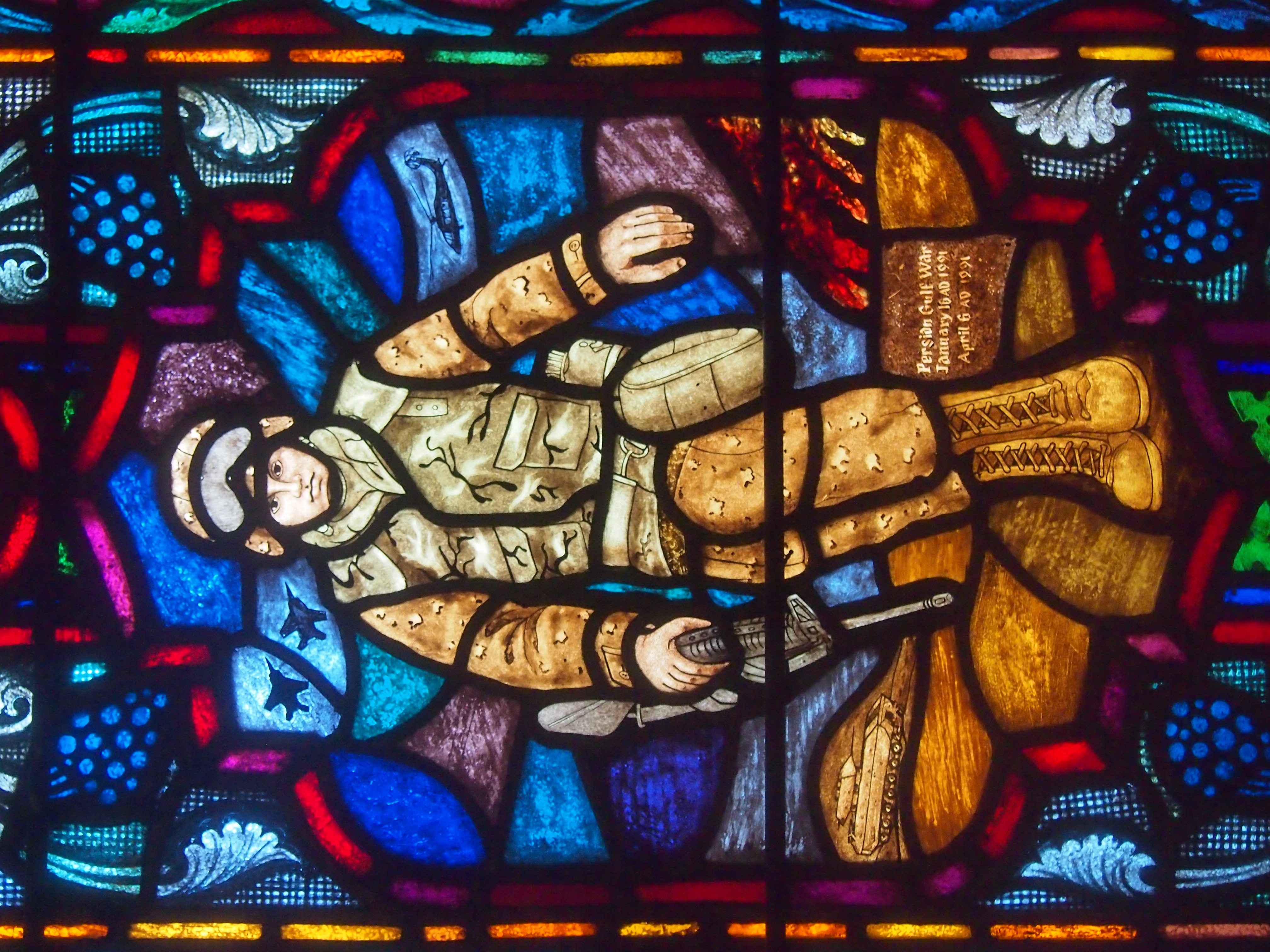 And Vietnam.
And Vietnam.
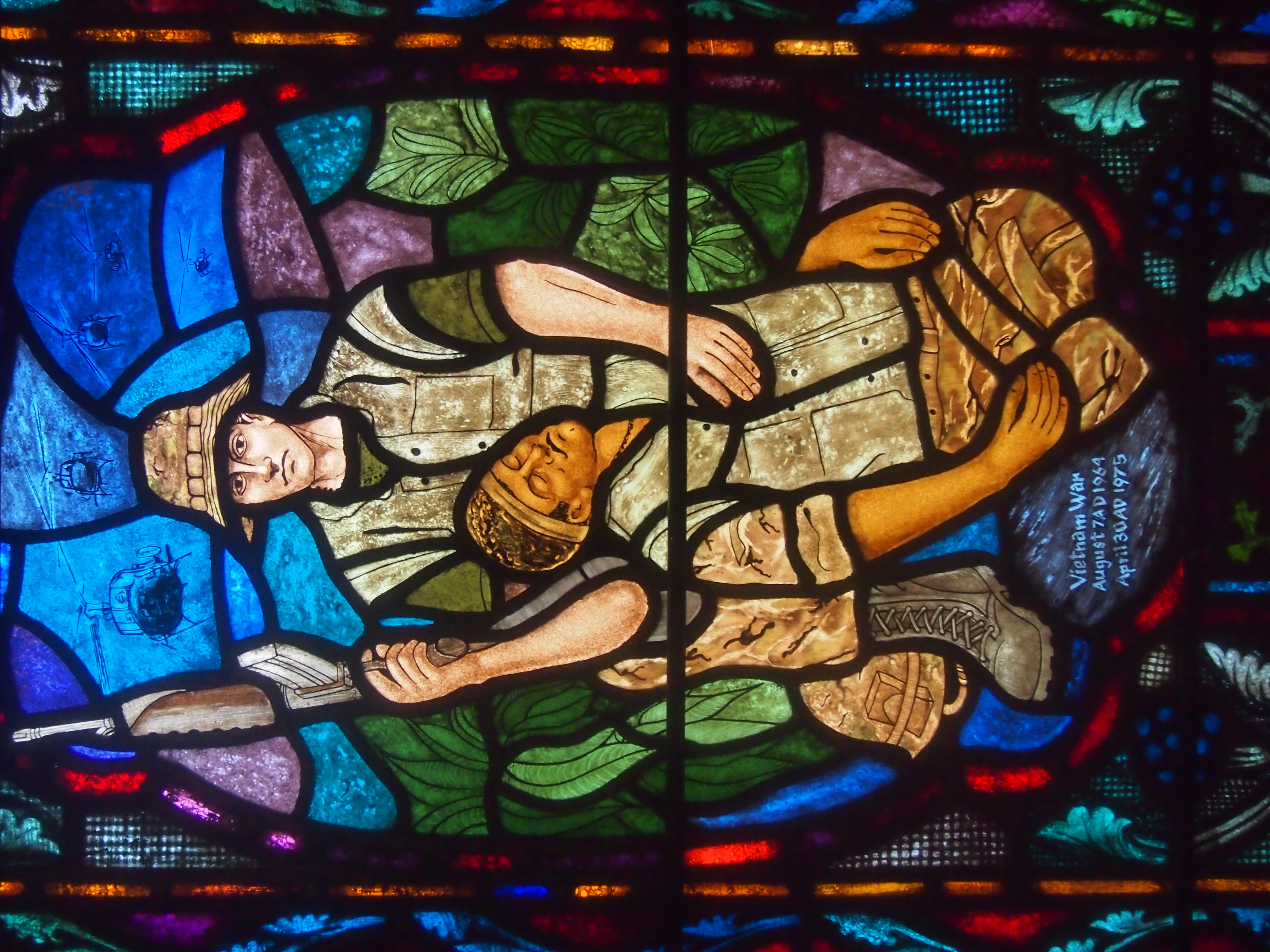 And Korea and WWII, going all the way back to WWI. Behind the altar is stained glass with a Union soldier on the left, a Confederate soldier on the right, and Jesus in between, with Pax Vobiscum on the banner below.
And Korea and WWII, going all the way back to WWI. Behind the altar is stained glass with a Union soldier on the left, a Confederate soldier on the right, and Jesus in between, with Pax Vobiscum on the banner below.
One more thing: hanging on the landing between the first and second floors is a painting of President McKinley.
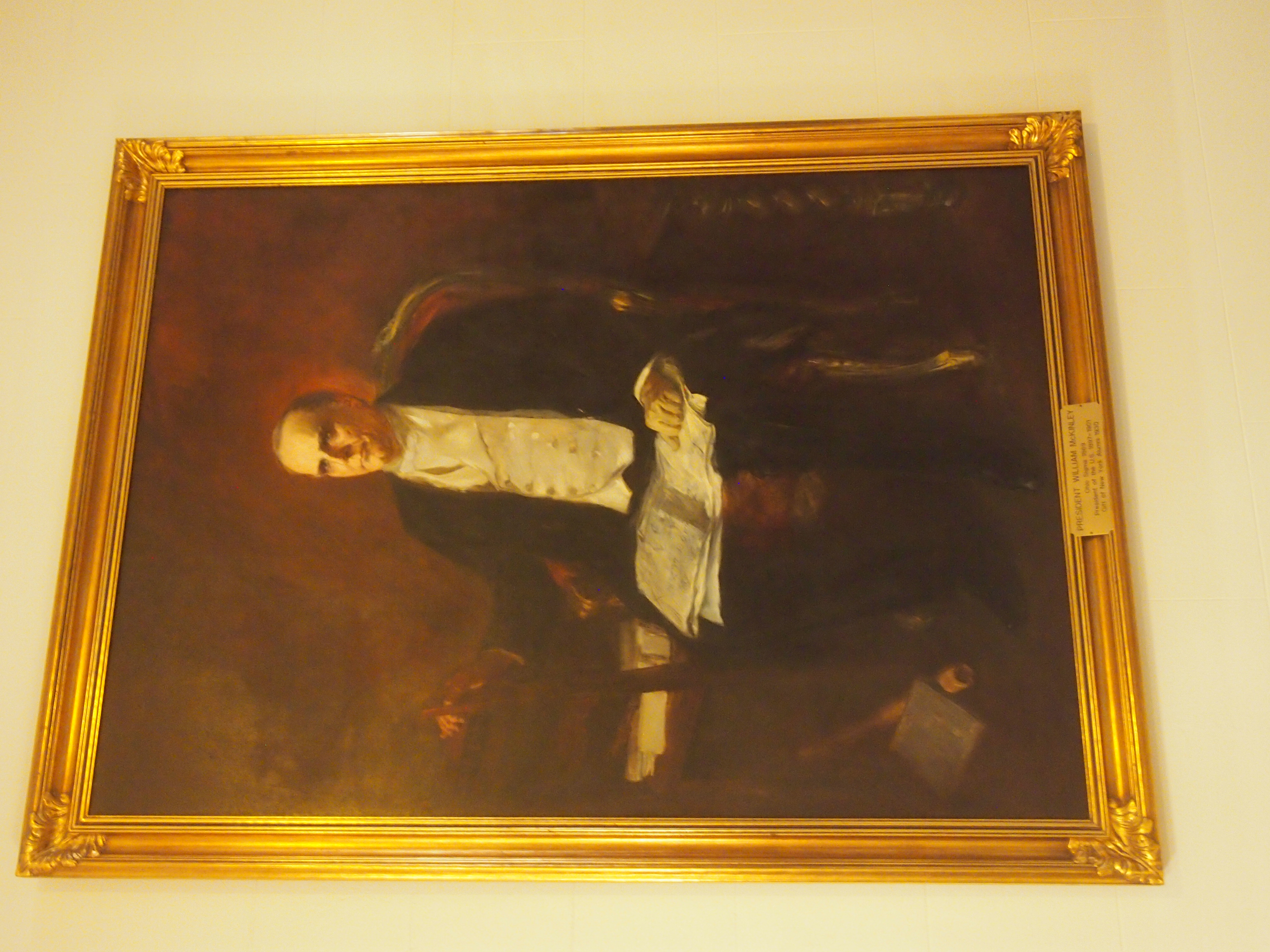 He’s the only U.S. chief executive that the fraternity counts as a member, having joined at Mount Union College during his short time there.
He’s the only U.S. chief executive that the fraternity counts as a member, having joined at Mount Union College during his short time there.
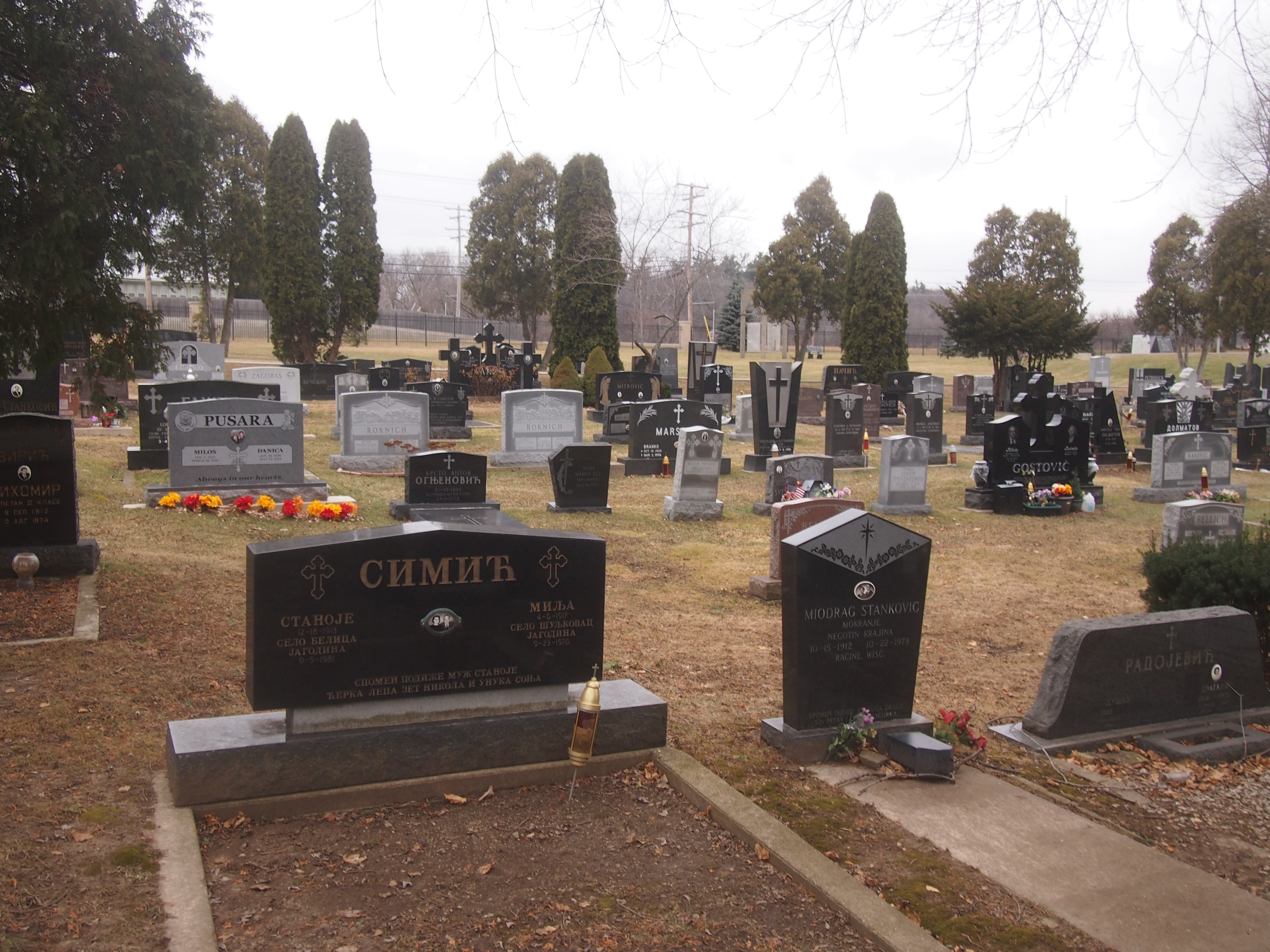 There’s little funerary art, as seen in cemeteries steeped in Western European traditions, unless you count variations on the Cross. A few stones told in some detail of the person at rest, at least if you read Serbian.
There’s little funerary art, as seen in cemeteries steeped in Western European traditions, unless you count variations on the Cross. A few stones told in some detail of the person at rest, at least if you read Serbian.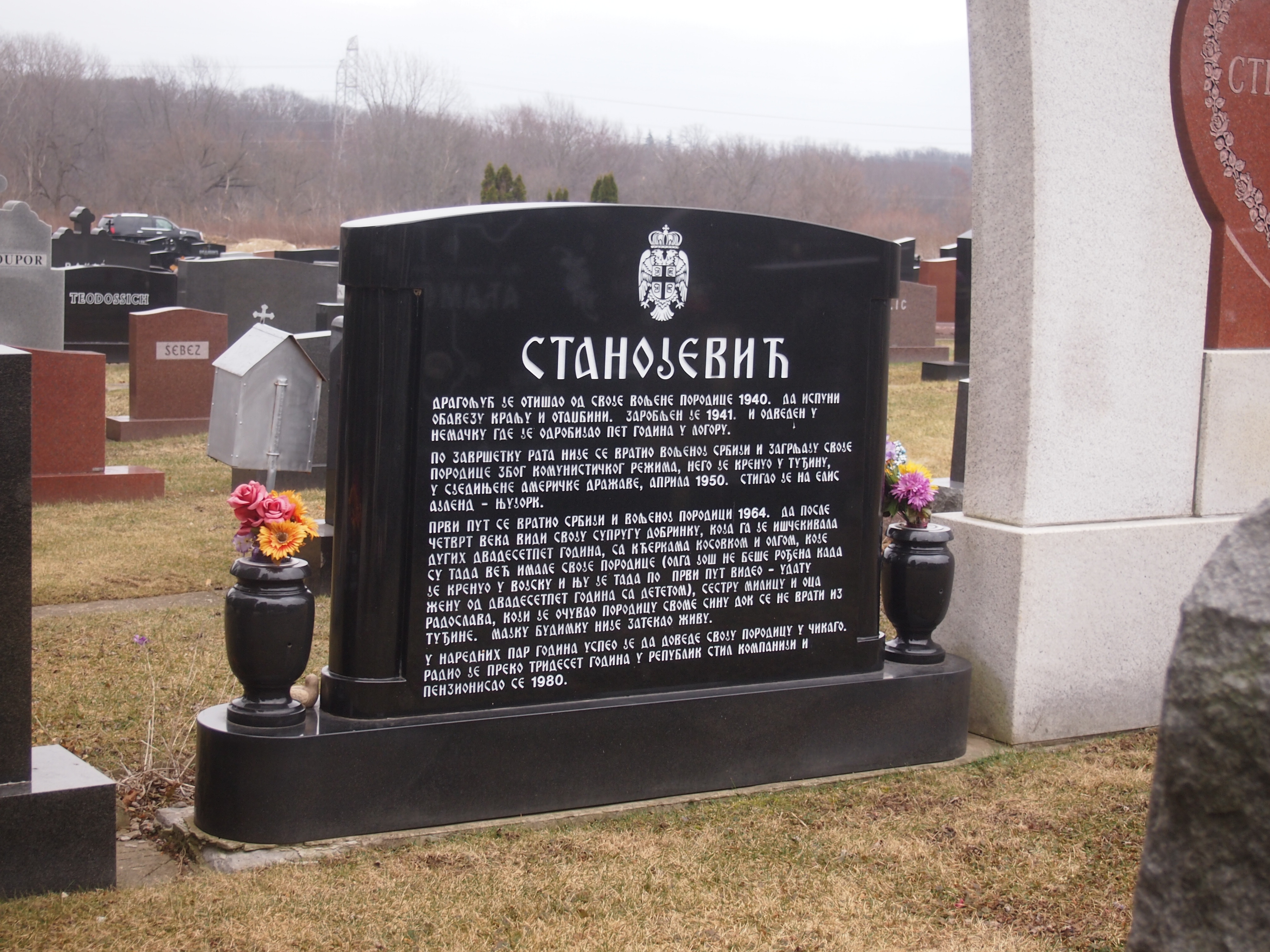 Some sites included wooden crosses along with stone markers. A few had no headstone at all.
Some sites included wooden crosses along with stone markers. A few had no headstone at all.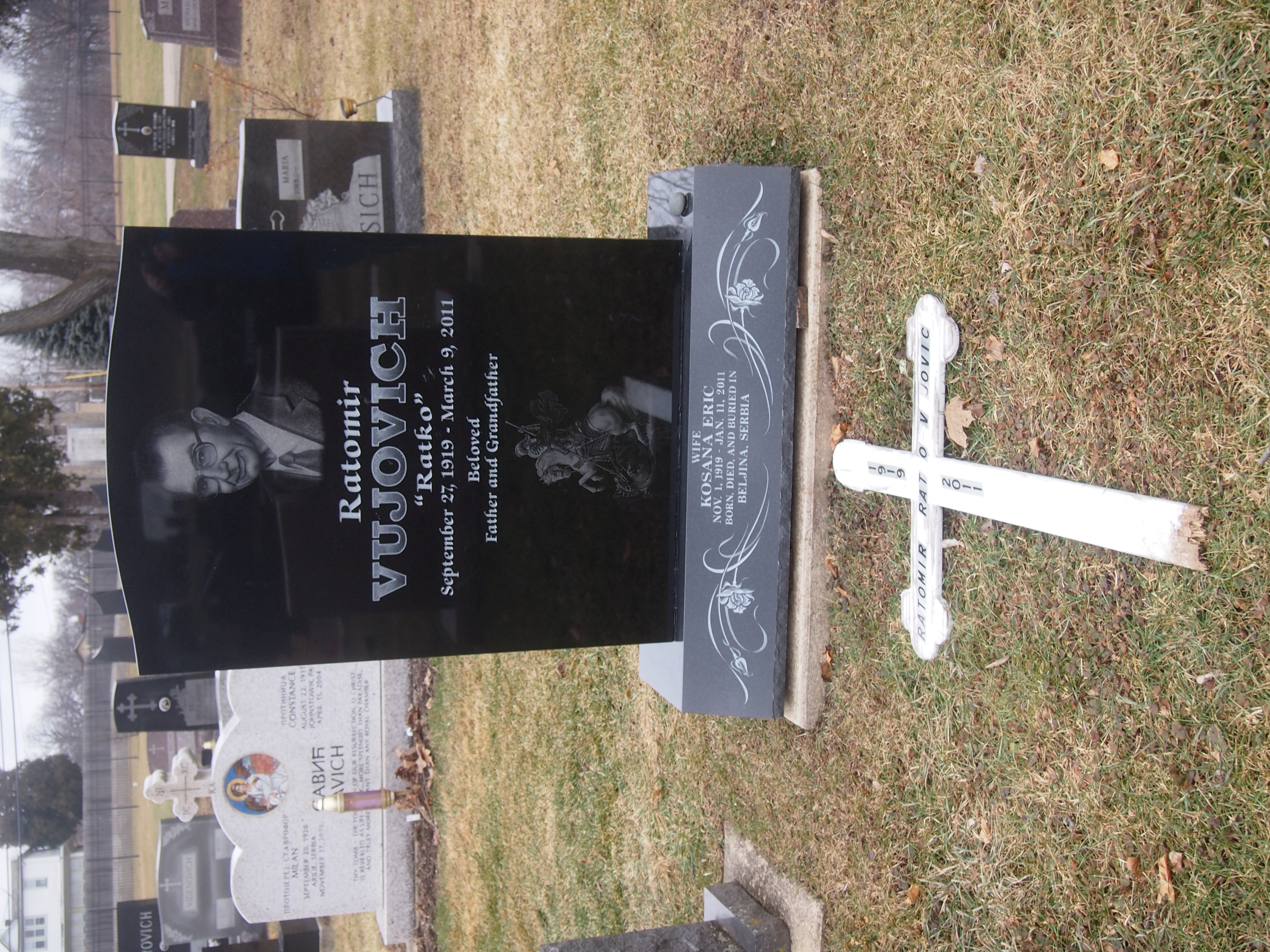 I’ve read that Rod Blagojevich’s parents are in the cemetery, but I didn’t see their stone that I know of. Blago was recently in the news briefly for not being on President Obama’s commutation list during his last days in office. Tough luck, Rod. Politics ain’t beanbag.
I’ve read that Rod Blagojevich’s parents are in the cemetery, but I didn’t see their stone that I know of. Blago was recently in the news briefly for not being on President Obama’s commutation list during his last days in office. Tough luck, Rod. Politics ain’t beanbag.